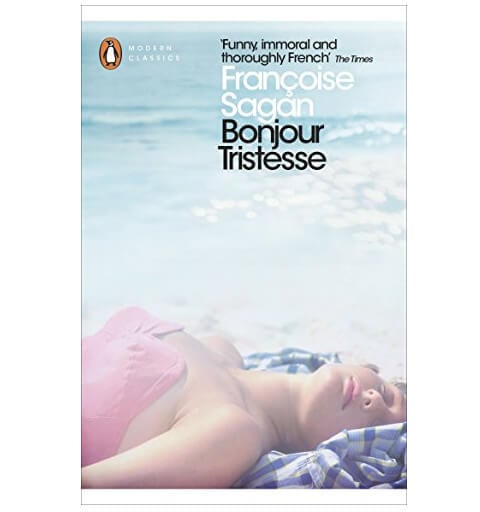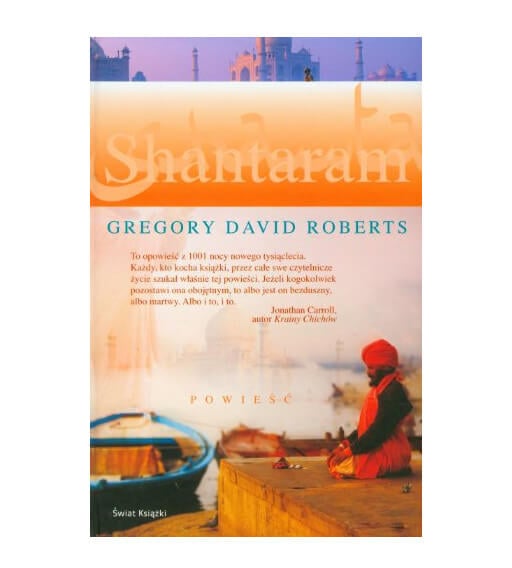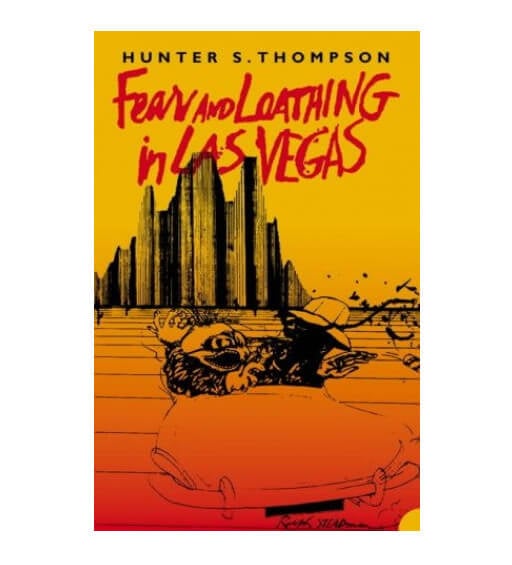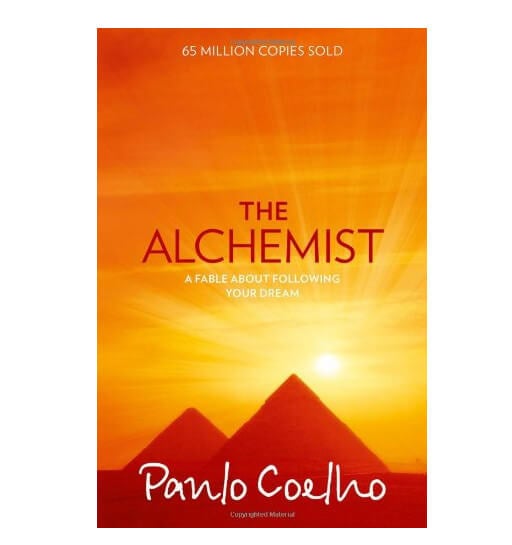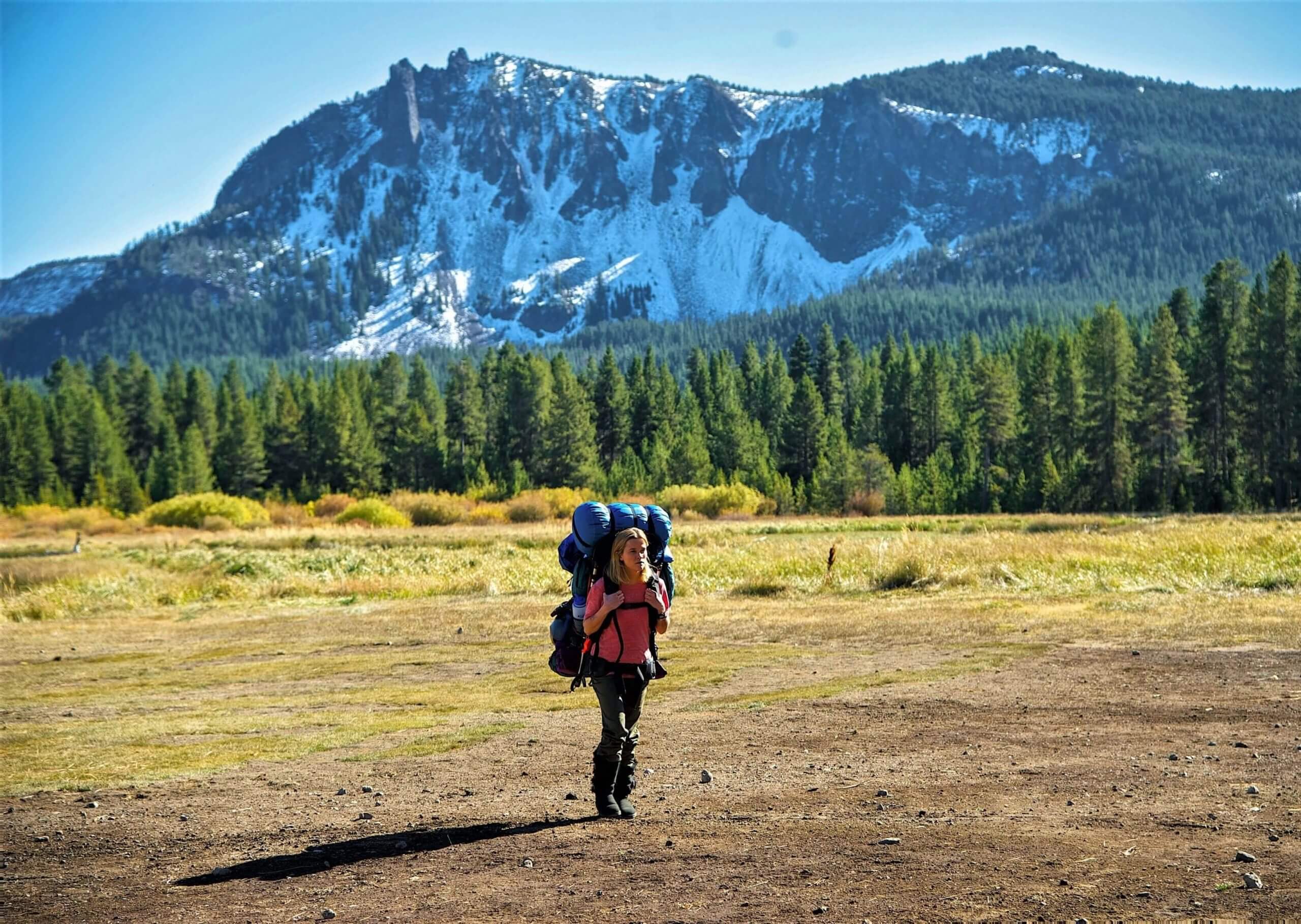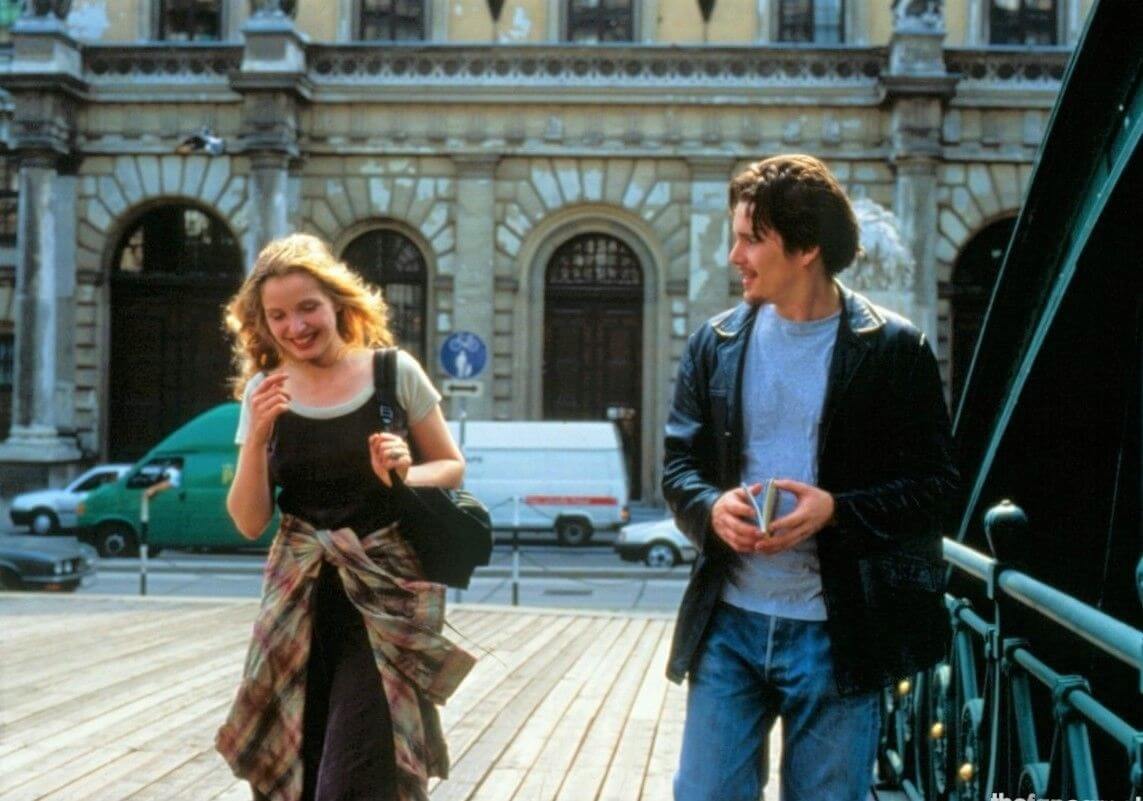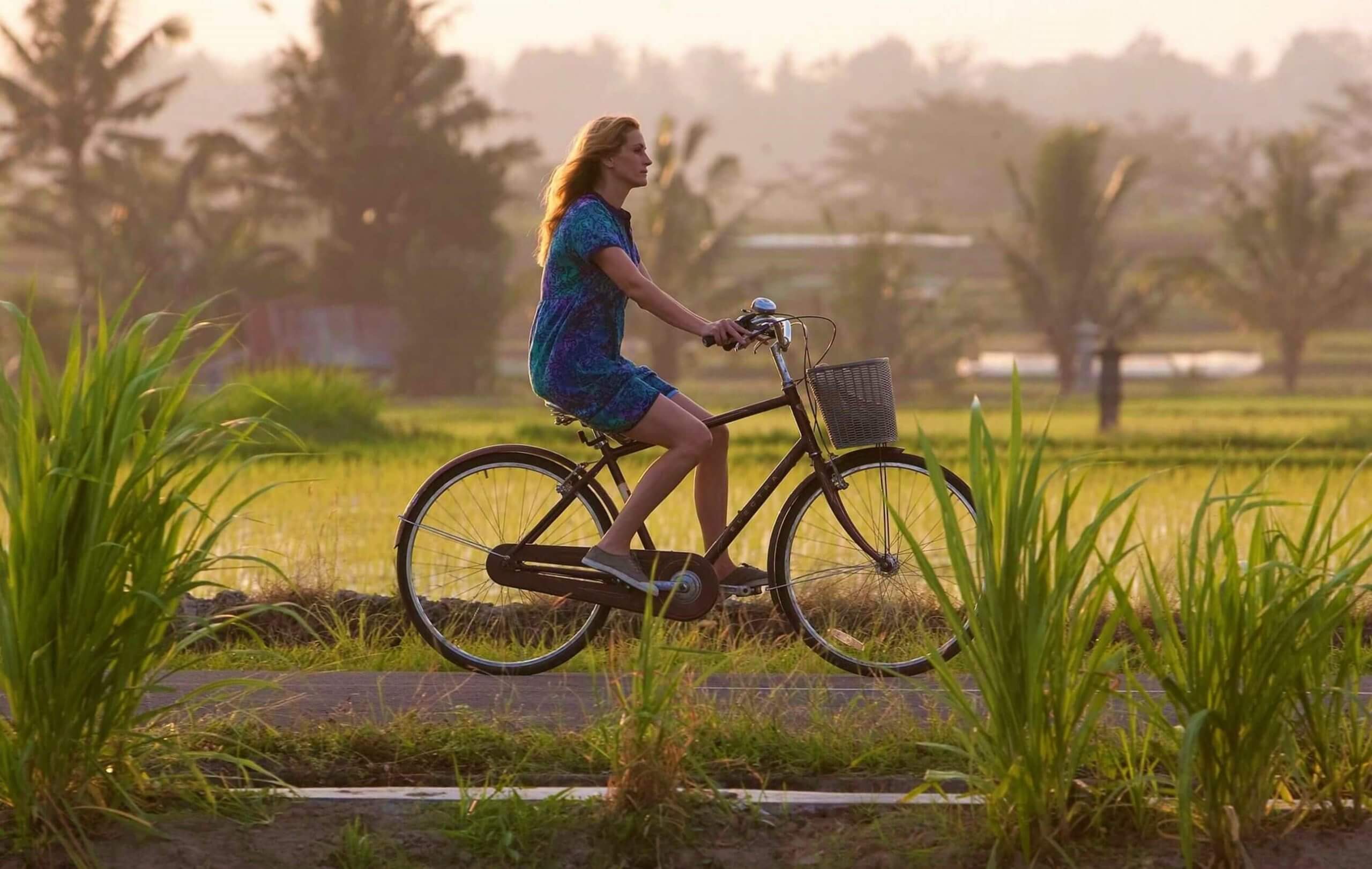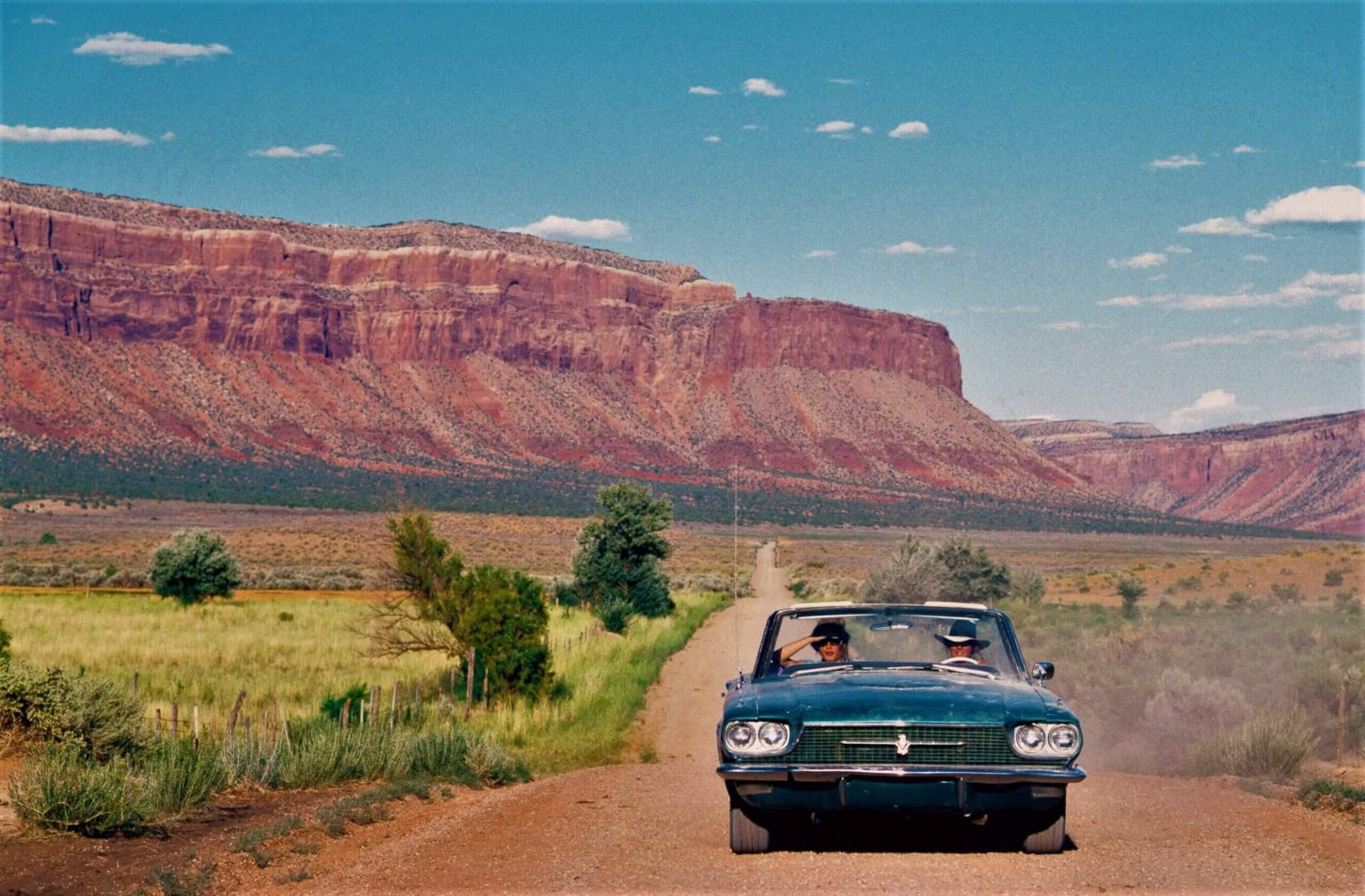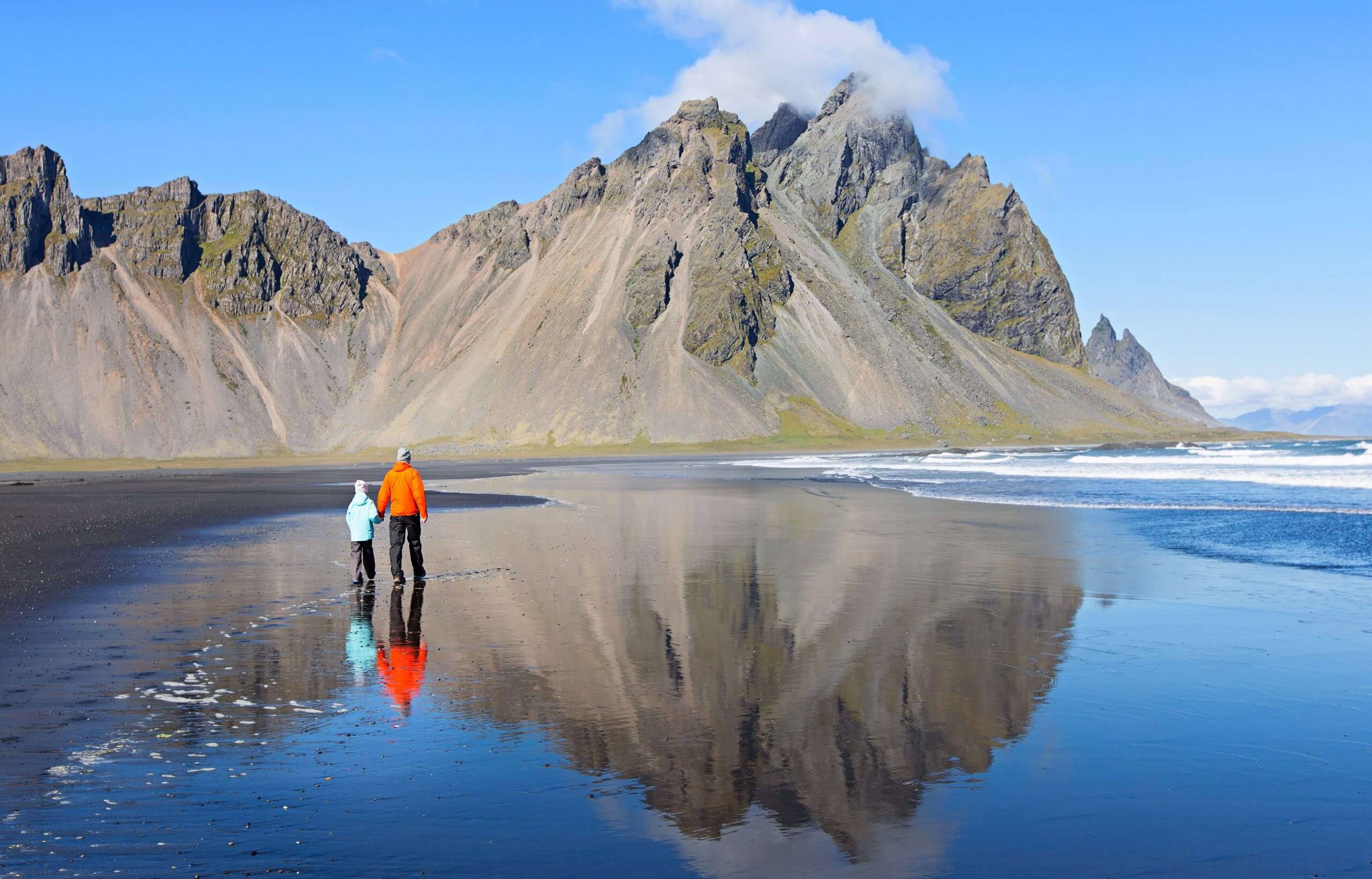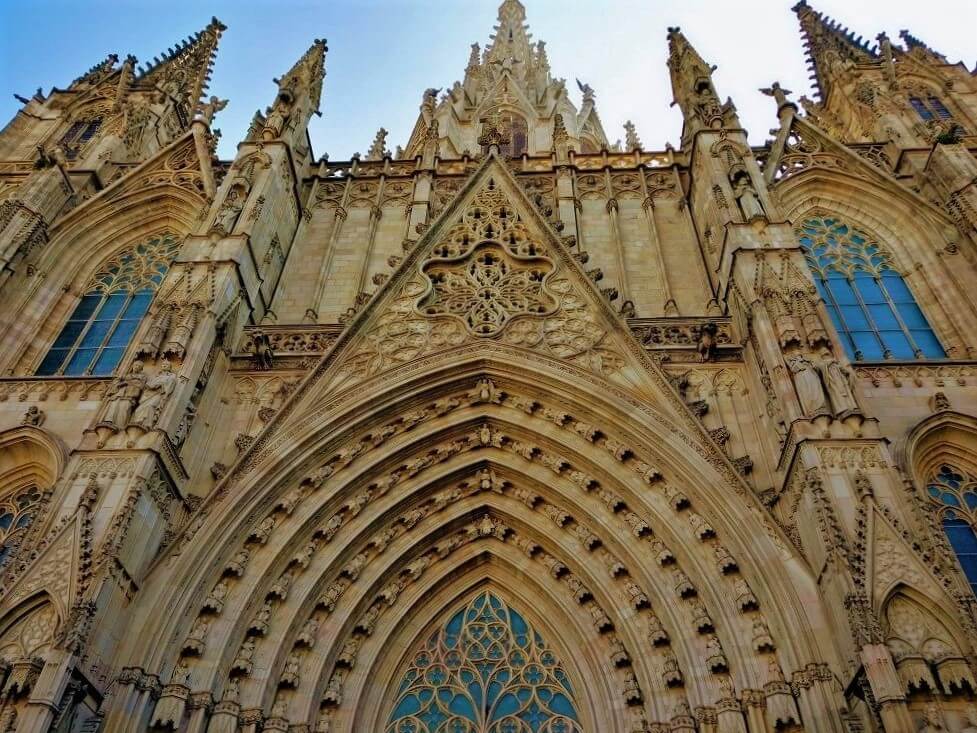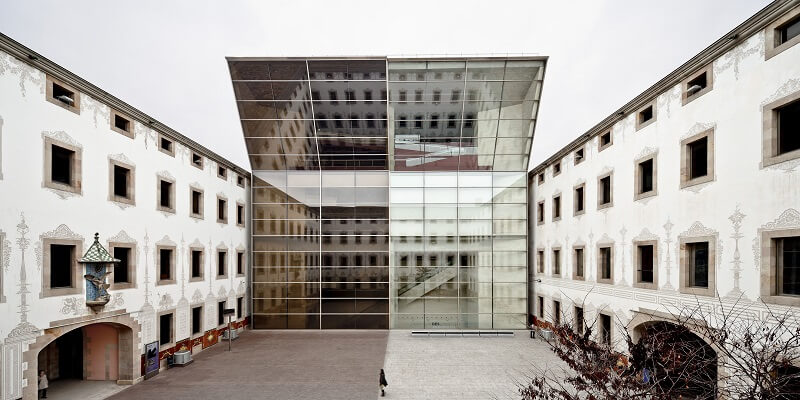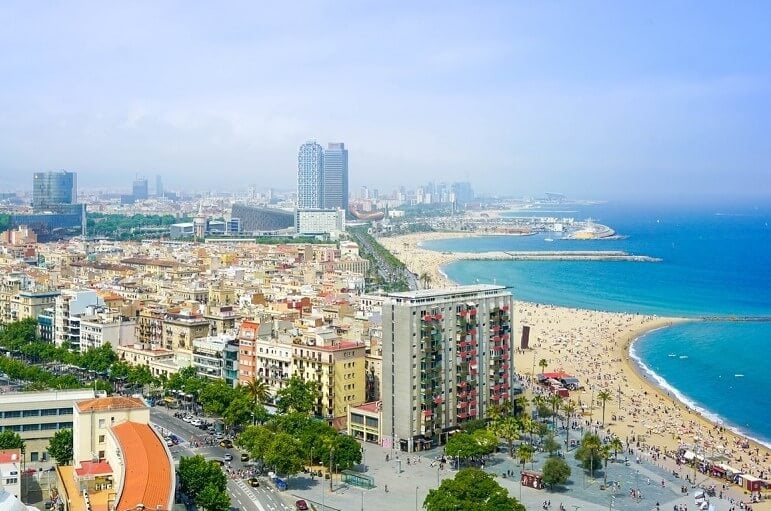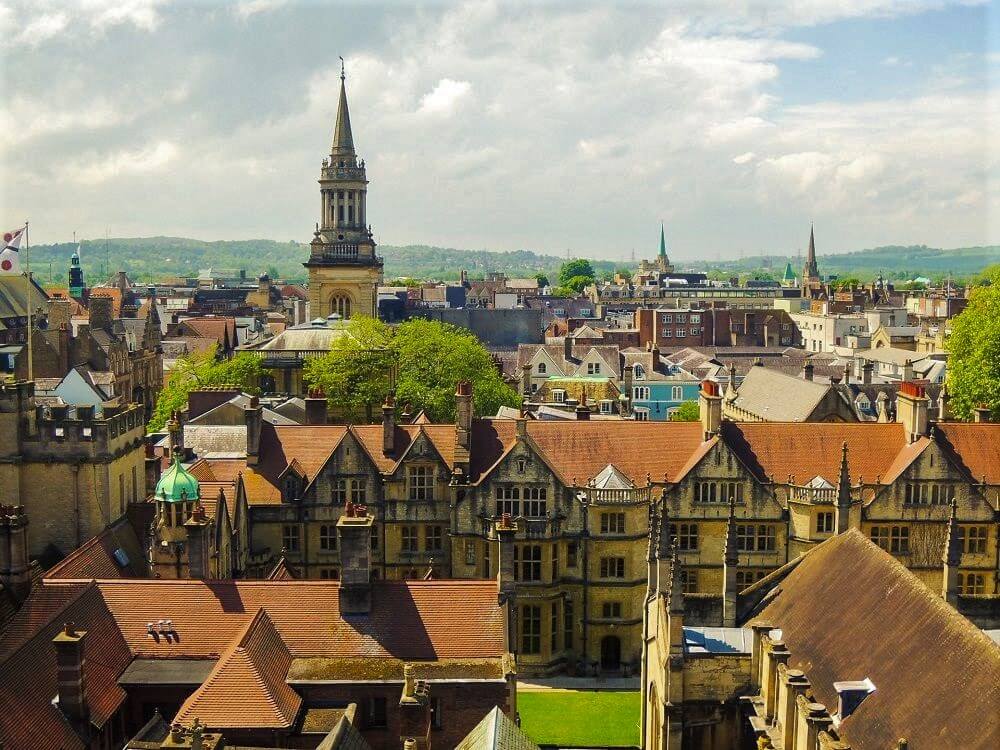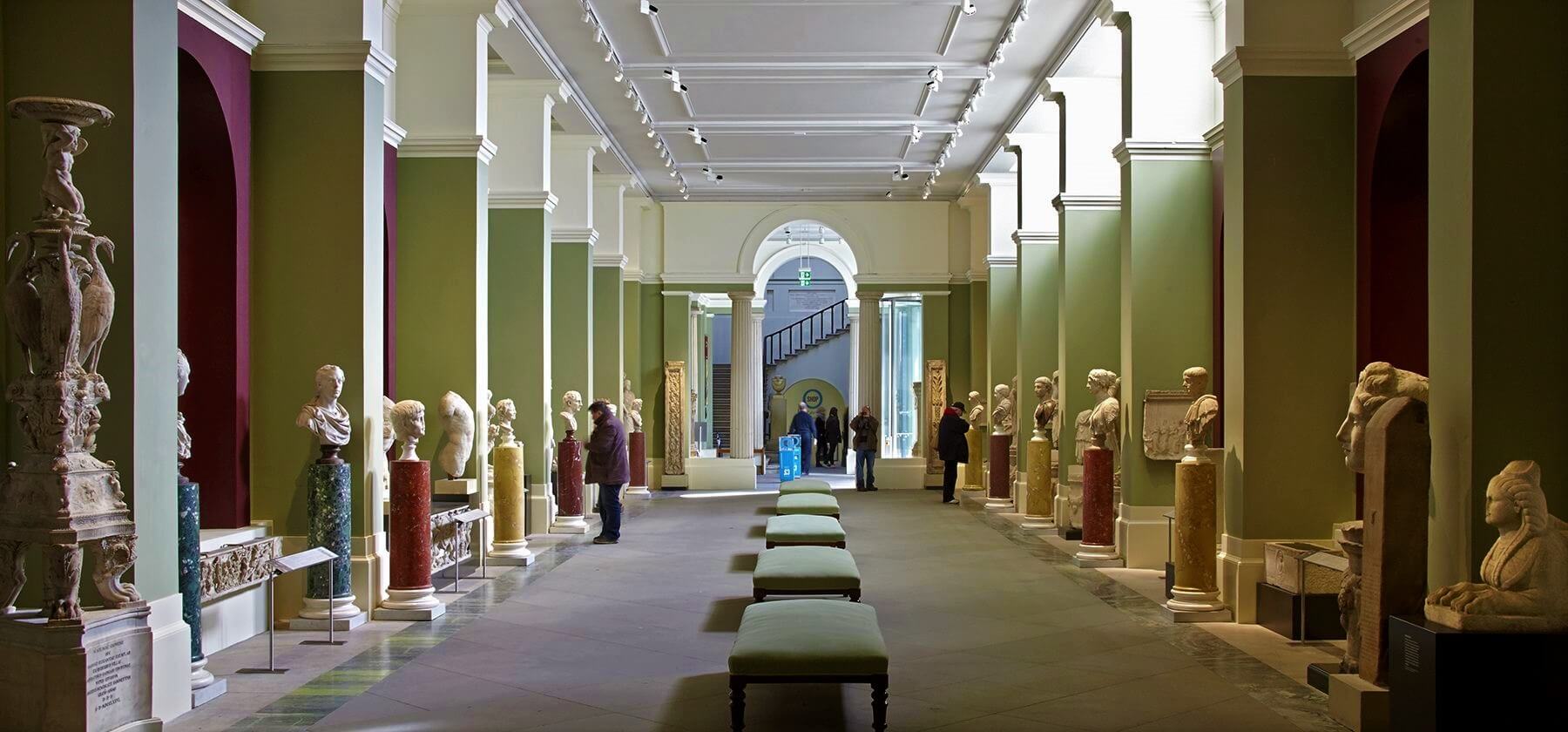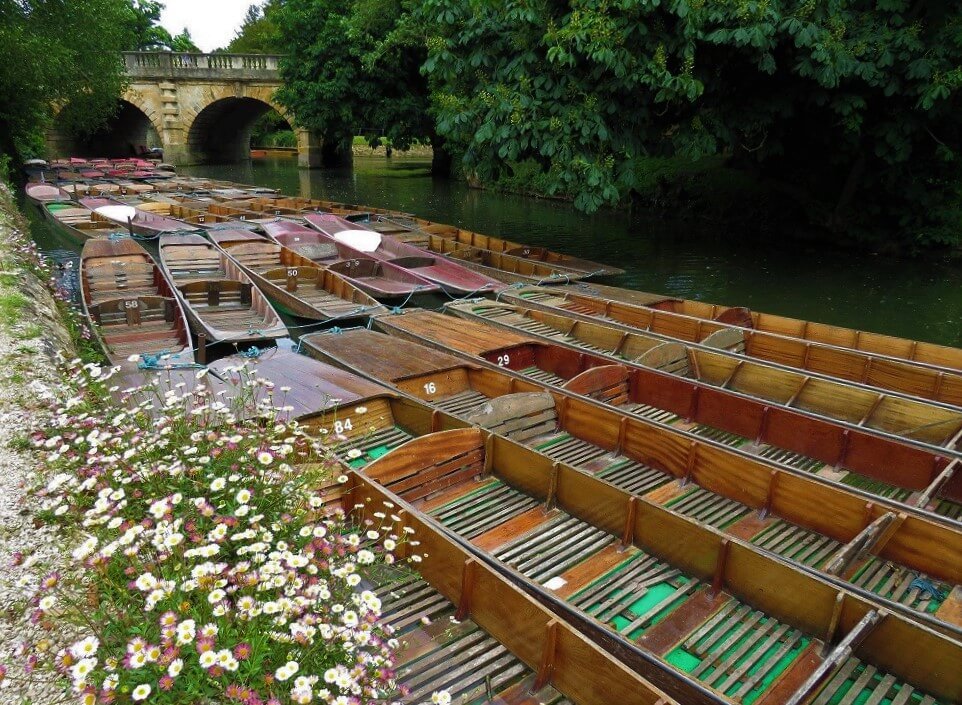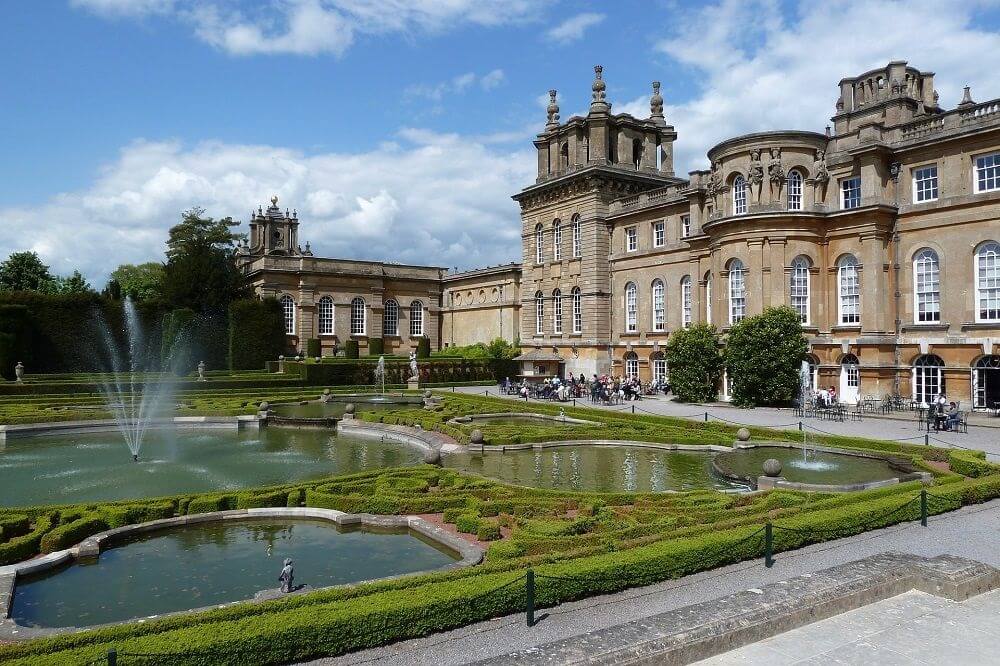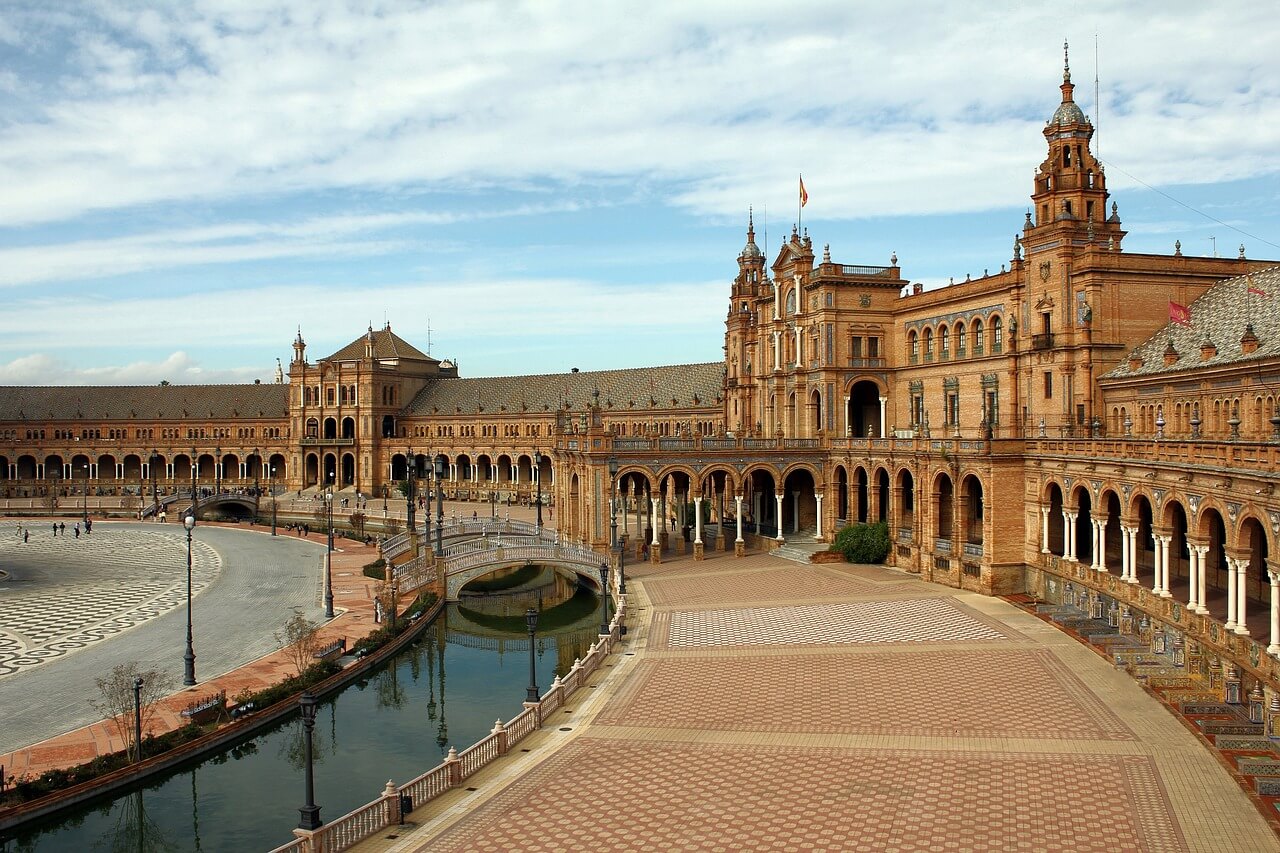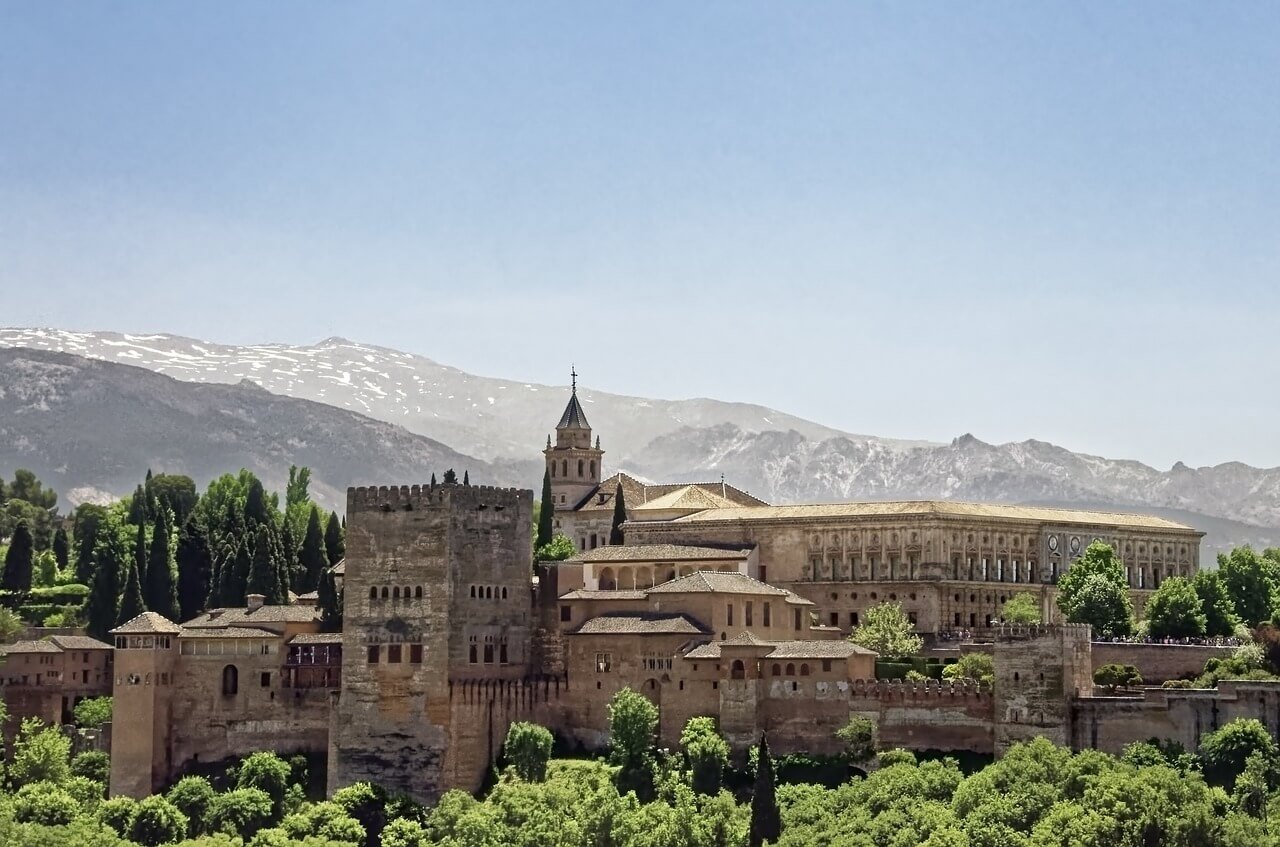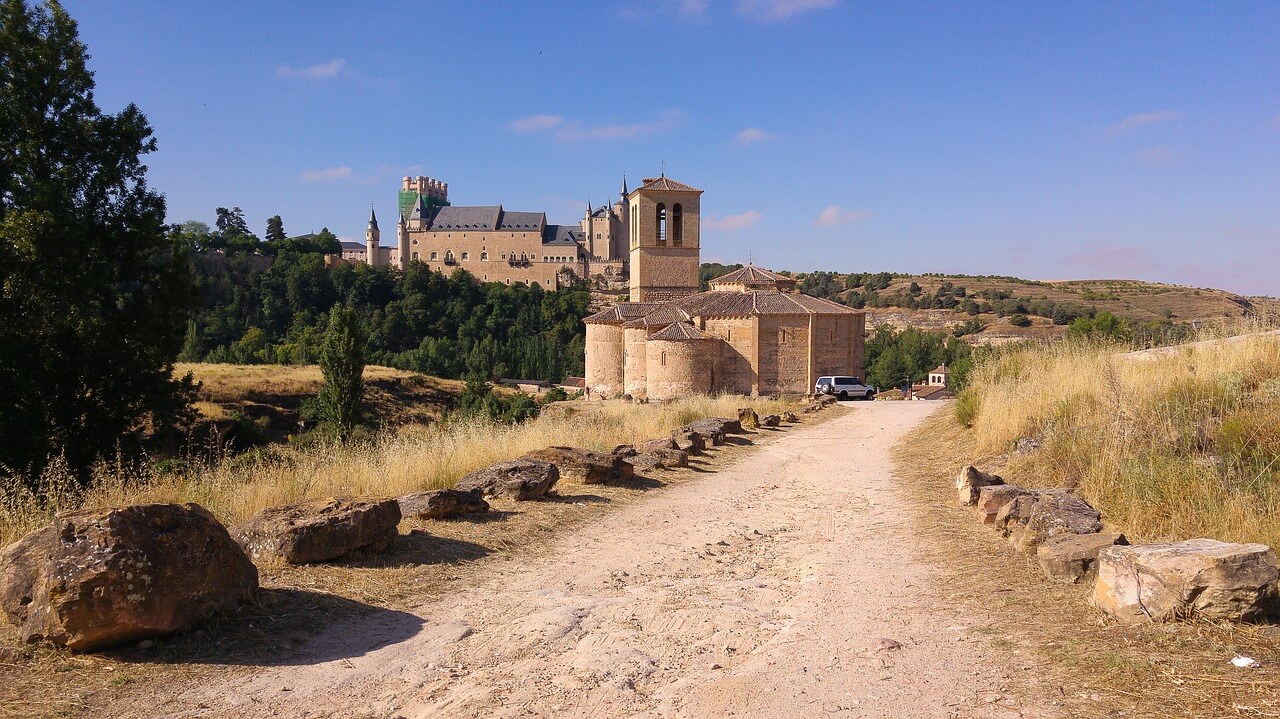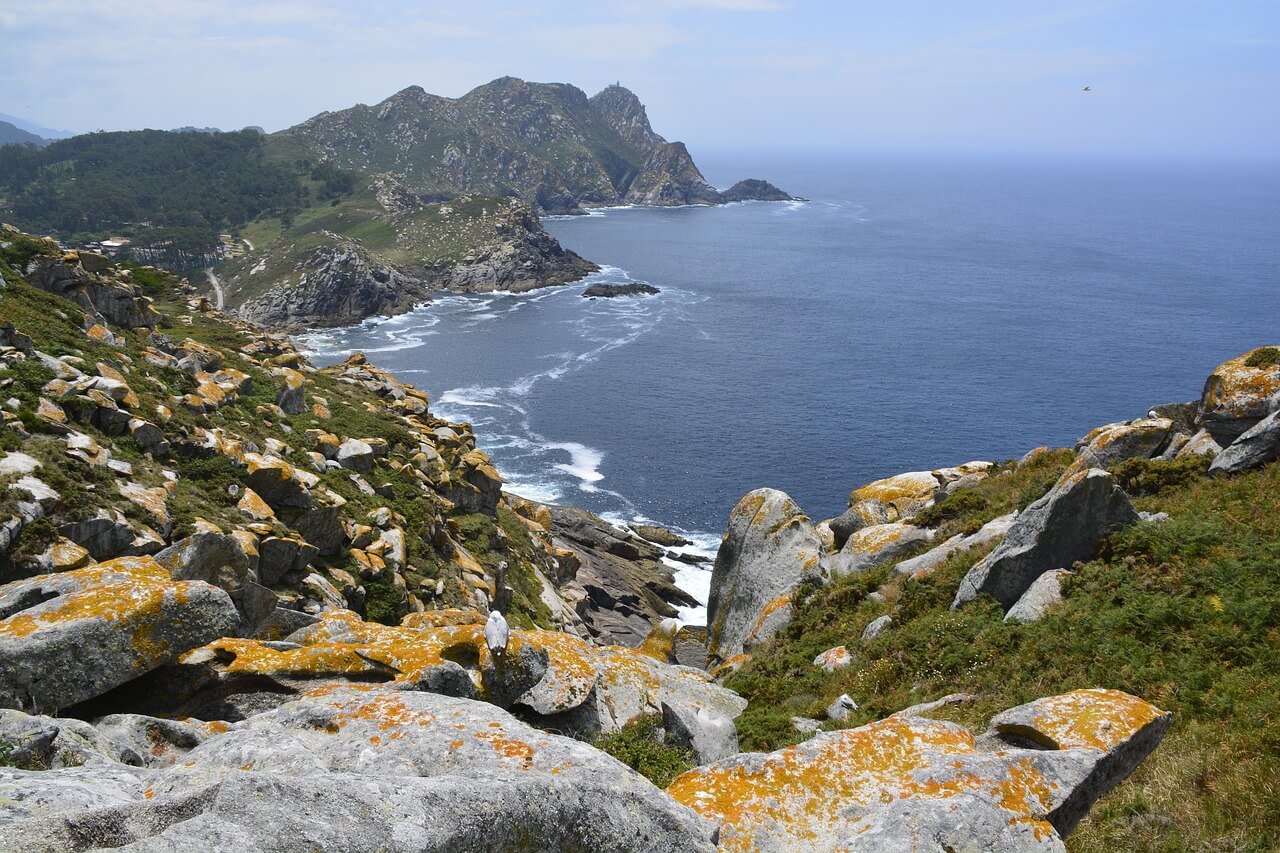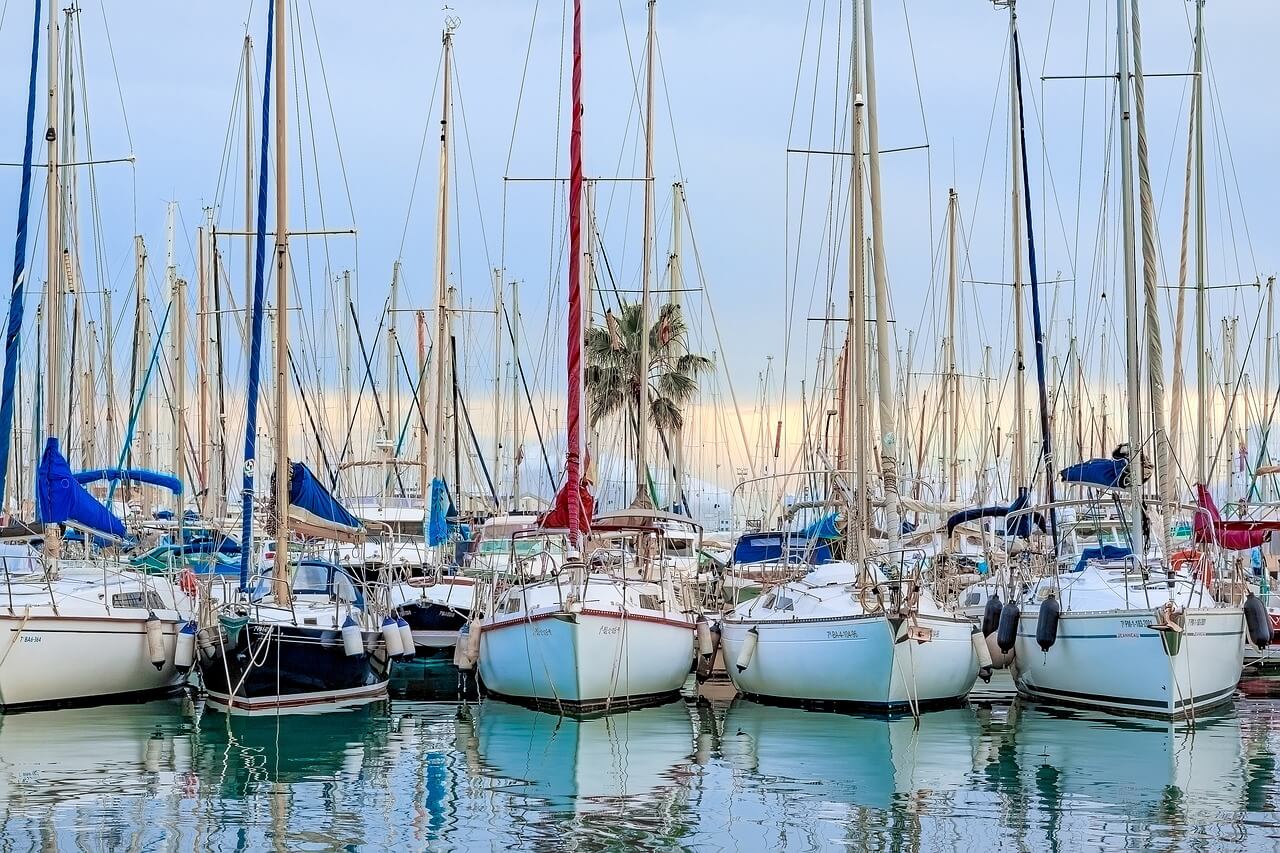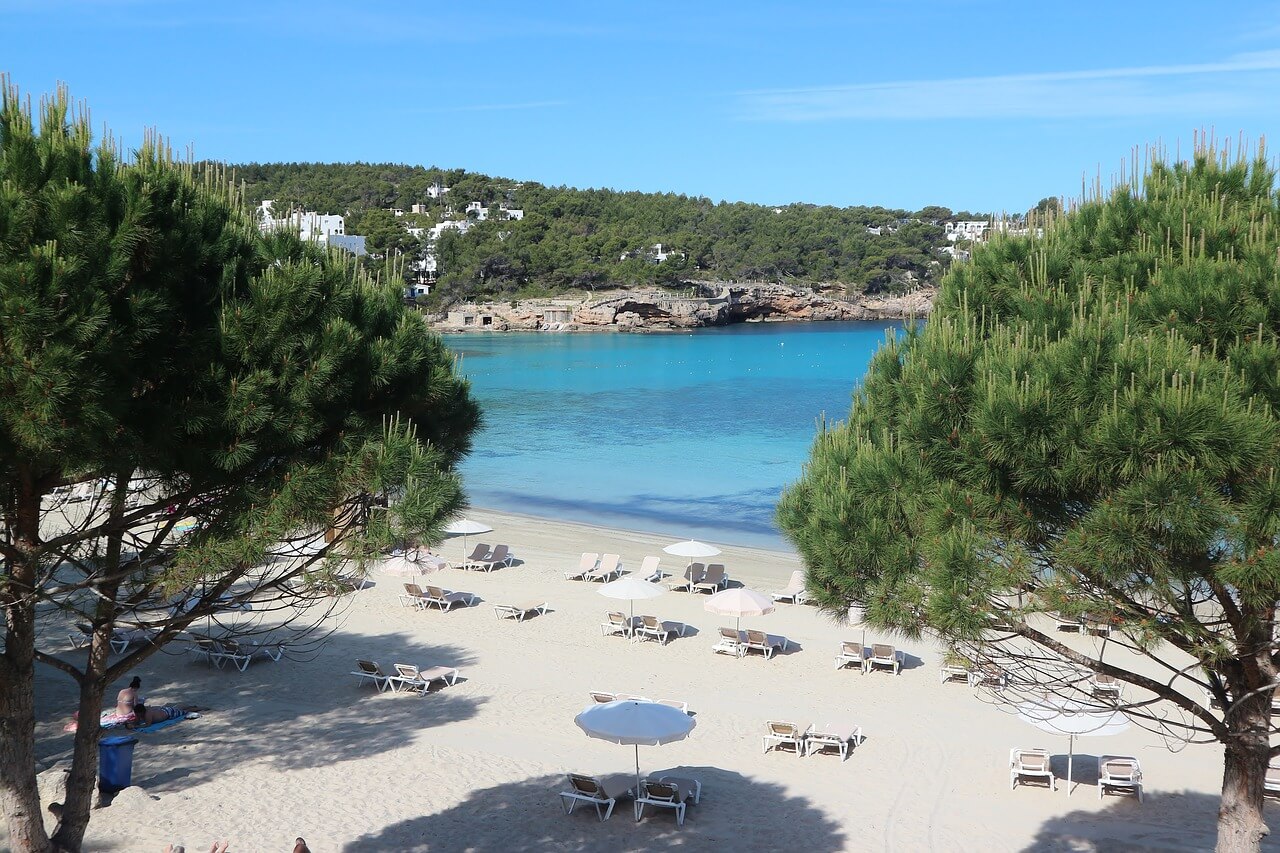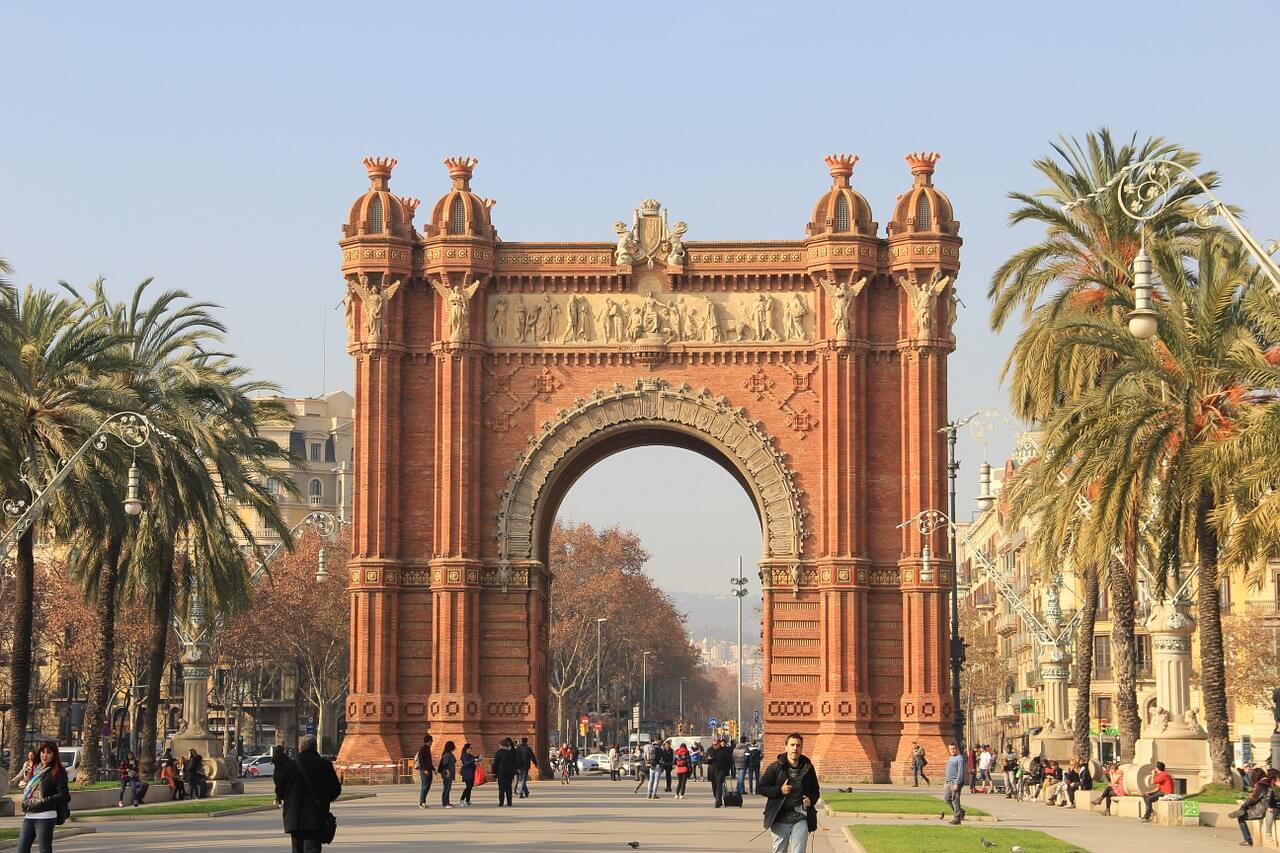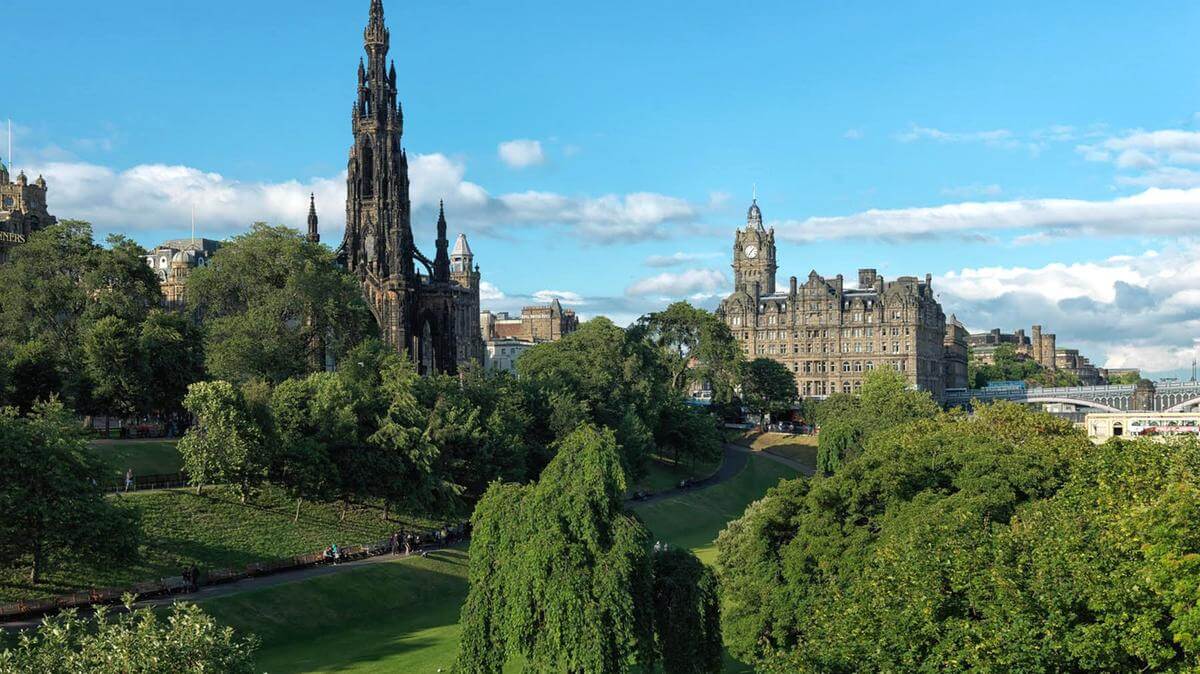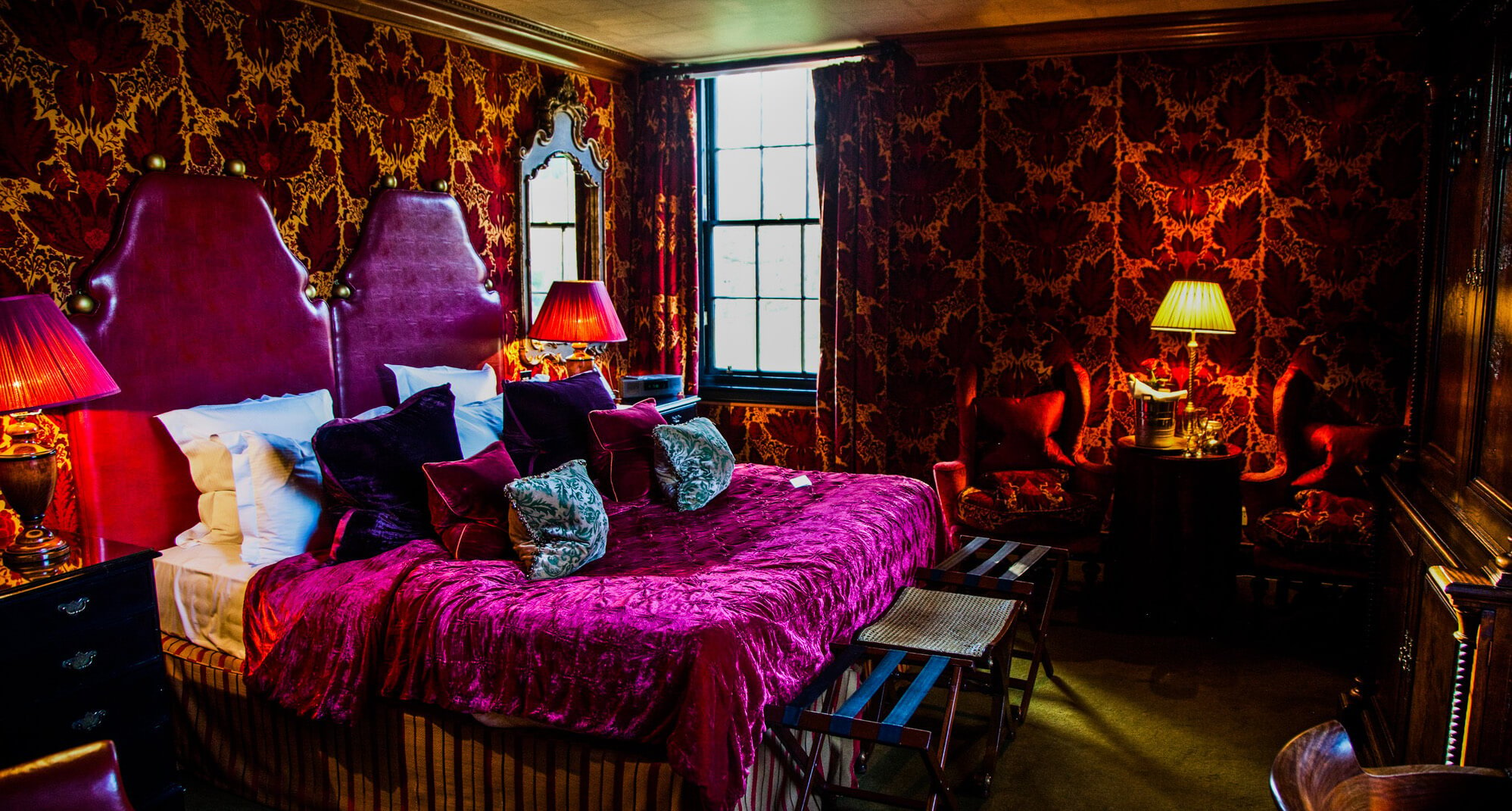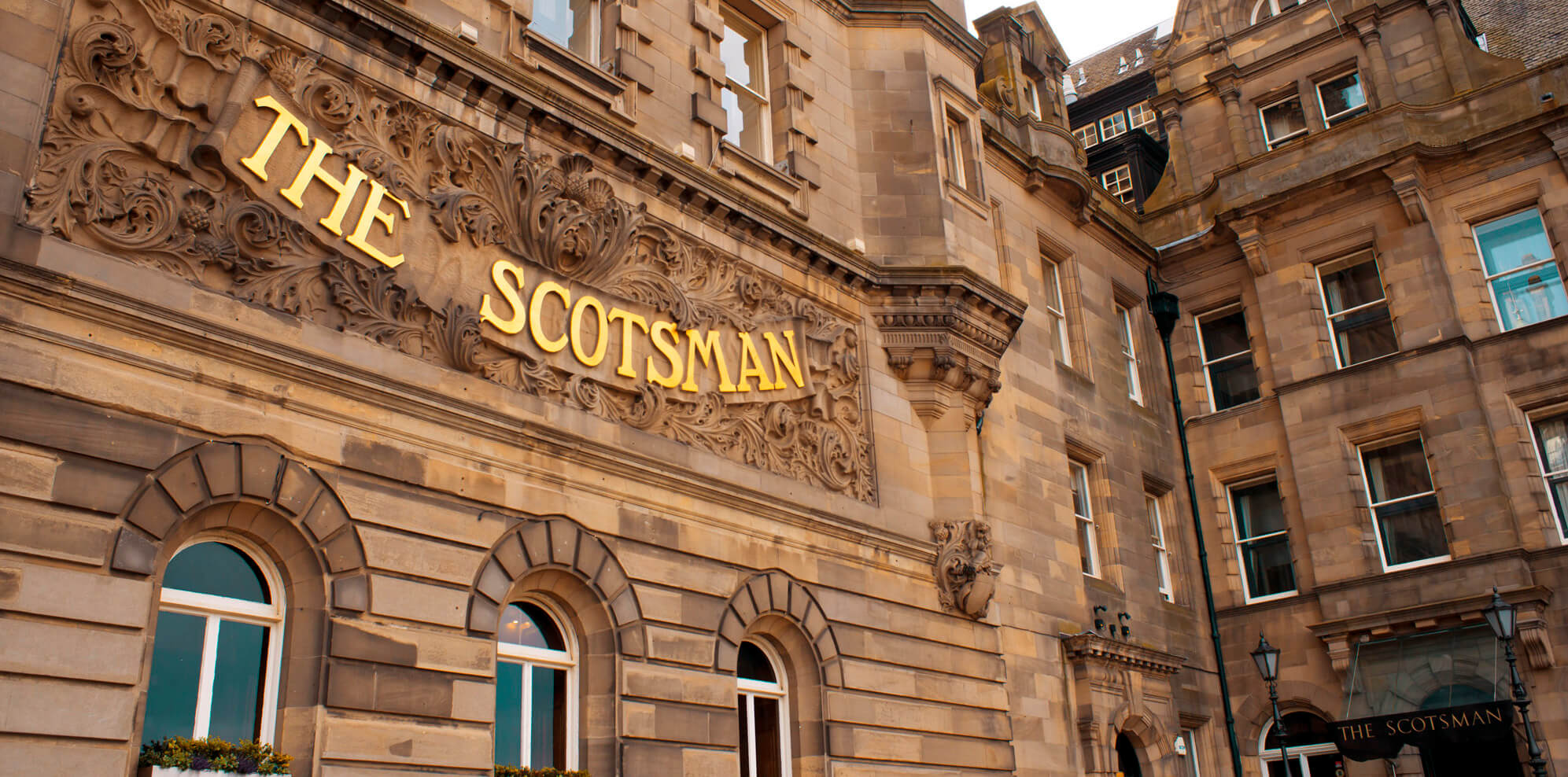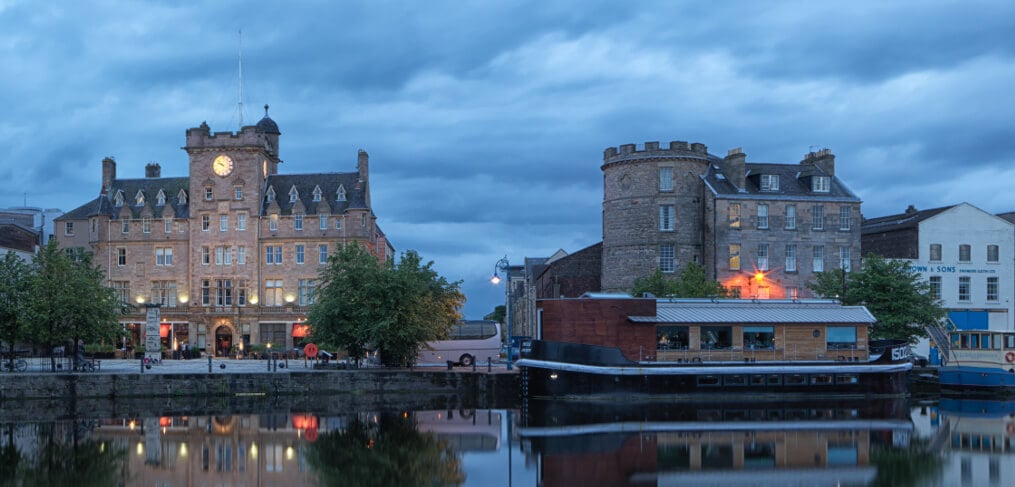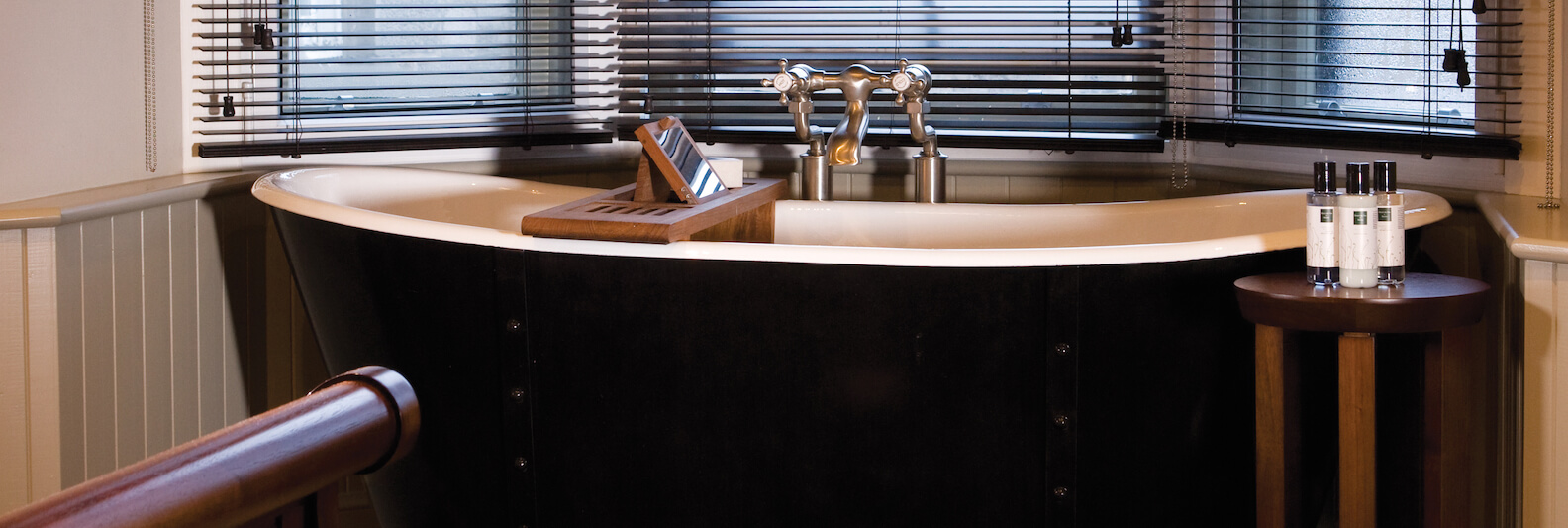
Through novels, we can travel vicariously, stepping into the shoes of characters on holidays, or embarking on expeditions around the world. Whether you’re looking for an armchair vacation, or an epic quest across a continent experienced from the comfort of your bedroom, here are TripExpert’s best fiction books about travel.
The Vacationers by Emma Straub
A perfect page-turner for these dark times, The Vacationers is well-deserving of its status as a New York Times bestseller, with its insightful take on family, love, secrecy, and jealousy. With captivating descriptions of the sparkling seas and mountains of Mallorca, the novel also has all the necessary ingredients for some dreamy escapism.
The story of the Posts and their two-week vacation on the Spanish island of Mallorca, the novel also shows how holidays, meant to be a time of rest and relaxation, can all too often become a nightmare. The Posts, it turns out, are a highly dysfunctional family, and it doesn’t take long for tensions to boil over.
Step into the shoes of one of the ‘vacationers’ of the title, and enjoy some well-deserved beach time, delicious Mallorcan cuisine, as well as, the inevitable arguments.
Bonjour Tristesse, by Françoise Sagan
It’s a long, sweltering summer on the French Riviera, where Cécile and her father, a dashing libertine, enjoy a decadent and hedonistic lifestyle. Following her father’s example, Cécile doesn’t give much thought to social convention. She makes no effort in her school studies, instead following her heart, and embarking on a love affair with a law student staying nearby.
The romance is over quickly though with the arrival of a friend of Cécile’s late mother, who then falls in love with her father. Cécile comes up with a scheme to prevent their marriage. Inevitably, and tragically, things don’t go entirely to plan.
Written by Sagan when she was only 18 years old, the novel caused a furore when it was first published. In fact, in the original 1950s English publication, the more explicit scenes were removed.
Shantaram by Gregory David Roberts
Embark on a journey through the dark and sordid underworld of contemporary India. This is the story of a convict called Lin, who escapes prison in Australia and hides from the authorities in a Bombay slum. Meanwhile, he’s running a medical clinic and working for the mafia on the side as a money launderer and soldier.
So begins 936 pages of dizzying, chaotic adventures as Lin, and his loyal friend, Prabaker, encounter gangsters, beggars, soldiers, Bollywood stars, and wise men that together make up this colorful and beguiling picture of Bombay.
With its portrayal of romance, betrayal, crime, violence, fame, spirituality, and poverty, Shantaram leads you on a riotous journey that’s as speedy and exhilarating as a thriller, but with poignant insights and reflections that will stay with you long after reading it.
The Signature of All Things by Elizabeth Gilbert
Taking us both back in time and across the world to London, Peru, Philadelphia, Amsterdam, and Tahiti, The Signature of All Things is the story of Alma Whittaker, the daughter of the richest man in the New World, whose fortune has been built on trading exotic plants. Alma becomes a botanist herself, and, after her father die, sets off on her own epic journey.
It’s a fast-paced narrative with a diverse cast that includes missionaries, astronomers, boat captains, and scientists. Vast in scope but with careful attention to detail too, it expertly depicts the sorrows and struggles of the heroine, Alma. You’ll quickly find yourself won over by her questioning mind, enterprizing spirit, and love for the natural world.
The Sun Also Rises by Ernest Hemingway
The Sun Also Rises is Hemingway’s debut novel and is widely believed to be his best. Entitled Fiesta for English audiences, it tells the story of the love affair between Jake Barnes and Lady Brett Ashley. Written in Hemingway’s signature sparse but high-impact style, it begins with the glittering nightlife of 1920s Paris, before taking the reader to the bullfights of Pamplona.
Join this group of expats as they make their way aimlessly through Europe, partying, falling in love, fighting, and drinking away their sorrows on the way.
With its depiction of the disillusionment, anxiety and cynicism of those who came of age during World War One, the novel has been dubbed a modern classic.
Fear and Loathing in Las Vegas by Hunter S. Thompson
For a free-wheeling ride through the desert from LA to Las Vegas, look no further than this book. Hunter S. Thompson is widely known for his unorthodox approach to work and, indeed, life. While writing, it is said he would make his way through supplies that included cocaine, marijuana, LSD, chartreuse, Champagne and gin.
So it’s not hard to see where the inspiration came from for Raoul Duke who, along with his attorney, Dr Gonzo, takes to the road, heading to Las Vegas to report on a motorcycle race. Horrific and hilarious by turns, the novel is both an exploration of the American dream, and one of the most bizarre road trips of all times.
While hard to follow at times, there’s no denying that this novel is a lot of fun to read. And fun is exactly what we need right now.
The Alchemist by Paulo Coelho
The Alchemist is the magical story of Santiago, an Andalusian shepherd, who sets off on a quest in search of treasure that turns out to be more a journey of self-discovery where he finds his “Personal Legend,” or purpose in life. On the way, he meets everyone from kings to swindlers, encounters tribal wars, and discovers the art of alchemy.
He learns important lessons about destiny, perseverance, stepping outside the comfort zone, and embracing the present. Many people credit this novel with changing their entire outlook on life.

Self-isolating and planning a coronavirus binge watch? As well as inspiring wanderlust, films about travel are set in fabulous locations and can serve as much needed escapism. From romantic comedies to road movies, here is a selection of classic films about travel to help you through the days and weeks ahead.
Wild (2014)
Wild‘s heroine (played by Reese Witherspoon) is based on the real-life writer Cheryl Strayed, author of a best-selling memoir, also called Wild. The story is based on Cheryl’s adventures on one of America’s most difficult hiking routes, the Pacific Crest Trail that runs from the Mexican to the Canadian border. Grief-stricken, mourning a broken marriage and recovering from a drug addiction, Cheryl decides to attempt 1,100 miles of the hike – a journey which nearly breaks her.
Variety calls the movie “a ruggedly beautiful and emotionally resonant saga of perseverance and self-discovery.” It is also a celebration of the American wilderness; intimidating, untamed, but astonishingly beautiful too. The protagonist’s dramatic journey might even encourage you to set off into the wild yourself.
Wild is a celebration of the untamed American wilderness. Wild, Fox Searchlight Pictures, 2014.
The Best Exotic Marigold Hotel (2011)
Next, Rajasthan, India, where seven retirees are enjoying old age – with a twist. In The Best Exotic Marigold Hotel, a group of seniors decide it is the perfect time in their lives to discover India – a place where conveniently, their money will stretch a lot further.
The group begin their stay at a rather shabby retirement hotel in Jaipur. As you might imagine, there are plenty of comical mishaps, insights into aging, and life lessons learned along the way. India often steals the spotlight, with its kaleidoscopic colours and gorgeous scenery.
The Telegraph describes the film as “sweet-natured, good-hearted and decent.” It will leave you smiling, if not contemplating a trip to India immediately.
The Beach (2000)
The opening scenes of The Beach will resonate with any backpacker who has found themselves in Bangkok as part of their South East Asia gap year. But viewers soon realize that protagonist Richard’s journey is nothing like the average backpacking trip to the Far East.
Played by Leonardo diCaprio, Richard is a young American who arrives desperate for adventure and an authentic travel experience. He meets Daffy, a seasoned traveller – and most definitely a madman – who inspires him to search for a mythical island. The island is a utopia, according to Daffy, who kills himself soon after, leaving Richard a map. While the plot becomes increasingly dark and disturbing, the incredible blue waters and white sands of the island will have you dreaming of your own mysterious paradise.
The white sand and crystal clear waters of the island in The Beach will have you dreaming of your own deserted paradise. The Beach, 20th Century Fox, 2000.
The Endless Summer (1966)
Documentary The Endless Summer was made by filmmaker and pro-surfer, Bruce Brown, who set off with two other surfers – the original ‘dudes’ – on an around-the-world surfing odyssey that took in Hawaii, Australia, South Africa, among other countries, on a hunt for the elusive perfect wave.
The film played a major part in popularizing surf culture, and is definitely one which will have you longing for lazy summer days lived out on a beach somewhere sunny. The movie is slightly dated now, but footage of some of the world’s best waves makes up for it. Even if you’ve never surfed in your life, it offers some fabulous escapism. In the words of the film, “On any day of the year, it’s summer somewhere in the world.”
The Before Trilogy (1995 – 2013)
Director Richard Linklater is known for his realistic movies, many of which take place in a single day. Such is the case with The Before Trilogy which begins with Before Sunrise, where the protagonists, Jesse and Céline, first meet in Vienna and fall in love. The sequel, Before Sunset takes place in Paris where the two meet again nine years later. Before Midnight takes place nine years after that in Greece. By now, the two are a committed couple with kids, facing standard couple problems.
The locations also have starring roles in the movies. Vienna, Paris, and Messenia in Greece are all as captivating to watch on screen as the characters themselves – and will make you hanker after a romantic summer holiday in Europe. As CN Traveller writes, the three movies are, “a testament to travel’s power to realign your perception of your own life.”
Richard Linklater’s The Before Trilogy will have you hankering after a summer in Europe. Before Sunrise, Castle Rock Entertainment / Columbia Pictures, 1995.
Vicky Cristina Barcelona (2008)
Also set in Europe, this Woody Allen feature stars Rebecca Hall, Scarlett Johansson, Penélope Cruz, and Javier Bardem, and is just as gorgeous and beautiful as you might imagine with such a cast.
Best friends Vicky and Cristina arrive from America for a summer holiday in Barcelona. They meet beguiling artist, Juan Antonio, who invites them to his house for the weekend. When Antonio’s former lover, played by Cruz, arrives on the scene, things get predictably wild and fiery. Spain looks stunning on screen, as do the actors, with Cruz delivering a dazzling performance.
Watch this film if you’re looking for an excuse to book a ticket to a Mediterranean city in search of romance and adventure.
Eat Pray Love (2010)
Critics often reduce Eat Pray Love to a simplistic story of a rich, entitled Manhattanite having a nice time on holiday. But given that it involves sojourns in Italy, India, and Indonesia, it’s one of the best films for stirring up some serious wanderlust.
Based on the book by Elizabeth Gilbert, the film stars Julia Roberts as a successful writer with what appears to be the dream life but who isn’t quite satisfied. She sets off on a quest to find herself and, on route, consumes delicious food in Rome, meditates in an ashram in India, and discovers love in Bali.
A light-hearted jaunt around the globe, it is full of easy-to-digest insights about love, life, and what we mean when we talk about happiness.
With sojourns in Italy, India and Bali, Eat Pray Love can stir up some serious wanderlust. Eat Pray Love, Plan B Entertainment / Columbia Pictures, 2010.
The Motorcycle Diaries (2004)
The Motorcycle Diaries tells the true story of two young friends who travel on motorbikes through South America. One of them is Ernesto Guevara, who later becomes iconic revolutionary Che Guevara. Beginning in Buenos Aires in Argentina where Guevara grew up and heading through Chile, across the Andes, and into the Peruvian Amazon, the film features spectacular footage of places that, in 1952, were rarely explored.
The New York Times writes, “In an age of mass tourism, (The Motorcycle Diaries) unabashedly revives the venerable, romantic notion that travel can enlarge the soul, and even change the world.”
Thelma and Louise (1991)
Thelma and Louise is another movie featuring two best friends on a road trip. But in this case, the protagonists are women – something rare in 1991, when the film first aired.
Played by Geena Davis and Susan Sarandon, the heroines don’t behave much like ladies though, setting off on a holiday that quickly becomes a mad dash for Mexico, on the run from the police after they get into trouble at a bar. On the way, they rob a store, shoot up a truck, and lock a cop in the trunk of a car, all while racing through stunning desert landscapes.
You know it can’t end well, but you also can’t look away as the film careers toward one of the most dramatic and memorable endings in cinema. As CN Traveller writes, while “ultimately, Thelma and Louise don’t get their happy ending…the best coda is knowing their movie paved the way for countless other women to hit the road on their own.”
Thelma and Louise make a mad dash for Mexico, driving through stunning desert landscapes along the way. Thelma and Louise, Metro-Goldwyn-Mayer (MGM), 1991.
Little Miss Sunshine (2006)
For dysfunctional family drama, it doesn’t get much better than Little Miss Sunshine, which also happens to be a great road trip movie. Meet the Hoover family: a teenage son who refuses to speak, a drug-addled grandpa, depressive uncle, weary mother, impossibly positive father, and, of course, Olive, an unconventional child pageant contestant. Not to mention a ramshackle VW campervan, which, inevitably breaks down. This all makes for thoroughly enjoyable watching as we accompany the family on their journey to the Little Miss Sunshine beauty pageant.
The script is tight, witty, and just a tad dark. There are moments of hilarity and moments of true poignancy. And while spectacular scenery doesn’t play such a major role in this movie, the story will remind you that setting off on a trip is, at its best, about an inner journey too.

Family holidays are when you make memories and capture the golden moments of childhood. But they can also be stressful. Whether you have an energetic toddler or a lethargic teenager, keeping everyone happy can be a challenge. And how do you make sure you all have fun while also ensuring you get a much-needed rest?
With some imagination and planning, you can escape the everyday and reconnect. Think about vacations that involve embracing new cultures, get the adrenalin pumping or include sightings of incredible wildlife. Here are some suggestions to get you started.
Thailand has it all: magnificent religious relics, bustling cities, gorgeous beaches, and bucket-list-worthy wildlife.
You might be tempted to give Bangkok a miss, with its reputation for terrible traffic and sleaze. In fact, it can be an intoxicating introduction to the country. Whiz around the centre in a tuk tuk, making sure to sample some weird and wonderful street food as you go. Visit Wat Phra Kaew, or the Temple of the Emerald Buddha, which is just as dazzling as it sounds.
High on your list should be elephants – a hit with kids no matter their age. The Telegraph recommends Anantara Golden Triangle retreat which is home to 20 rescue elephants and their mahouts, writing, ‘The river views are a big selling point, as is the huge pool, set amid tropical gardens.’
Wat Phra Kaew temple in Thailand
For a relaxed alternative to the city, head north to the chilled-out cultural hub of Chiang Mai. Explore the old town by bike, visit the evening markets, and spend a day at the zoo. Or venture into the surrounding countryside where you can go rafting or zip-lining.
For spectacular natural scenery, it doesn’t get better than the Ao Phang Nga National Park with its towering limestone islands, including ‘James Bond Island’, which featured in The Man With The Golden Gun. Or travel south for some beach time: Phuket and Krabi are both popular choices. Consider a cooking class, which can be fun and educational.
We recommend staying at The Slate. As Frommer’s says, ‘The facilities are excellent, especially for families – with rooms ranging from pavilions and villas to exquisitely furnished suites.’
Before the civil war, Mozambique was one of Africa’s most popular destinations. Now it’s starting to edge its way back onto the tourist map. There is lots to tempt holidaymakers, including a pristine coastline, pretty tropical islands, and documentary-worthy wildlife. Mozambique isn’t full of tourists – which is part of the appeal.
Explore the long stretch of Indian Ocean coastline with its dunes, beaches, and crystal-clear waters, home to schools of amazing fish and well-preserved coral. Visit the Quirimbas and Bazaruto Archipelagos, two of the world’s top diving destinations. In the latter, you might be lucky enough to spot dugong, dolphins, sharks, and stingrays. Or head to Lake Malawi, which is home to more species of fish than any other lake on Earth. The lake is also great for water sports, including scuba diving, paddle-boarding , kayaking and sailing.
Mozambique has plenty of wildlife
There is also the Maputo Special Reserve, where you can see elephants, kudu, warthogs, zebras, and hippopotamuses. Gorongosa National Park is where you might spot a lion. Hop on board a traditional dhow boat and camp out on deserted islands like pirates. Or help with turtle conservation projects on Vamizi Island.
TripExpert recommends staying at Radisson Blu Hotel which, Lonely Planet writes, ‘offers sleek, modern, well-appointed rooms, a restaurant and a full range of amenities.’
A hot climate can be difficult to enjoy when you have kids in tow. If you’d rather somewhere a little cooler, try Iceland. The small North Atlantic island has made a name for itself in recent years. With striking scenery, friendly people, affordable flights from many major cities, and, of course, the Northern Lights, Iceland ticks lots of boxes. And, you’ll have no concerns for your family’s safety – the country has topped the Global Peace Index for the last ten years.
Kids can have an adventure in Iceland
Iceland combines easy-going vibes with a spirit of adventure. Enjoy volcano tours, glacier hikes, and whale watching, or hire a car in order to take in the best sights. The famous Golden Circle route is especially thrilling with its spouting geysers and thundering waterfalls. Discover the country’s diverse wildlife including the Icelandic horse, whose short and stocky stature makes it perfect for kids to ride. Explore lava caves, swim in geothermal pools, go dog sledding or join a wild reindeer safari.
TripExpert recommends staying at Hotel Borg, which Jetsetter describes as, ‘A slice of 1930s Art Deco glamour and old-school elegance in downtown Reykjavik.’
It’s no secret that Sicily is a charming holiday destination. But have you considered it for a family vacation? The Guardian recommends the Egadi island of Favignana, off the coast of north-west Sicily which has clear waters, picturesque coves and fresh local cuisine. And, if the kids are bored, you can easily hop on a boat and visit another island.
The Telegraph suggests visiting Sicily in October when you can escape the crowds, high-season prices, and searing heat. Stay in an agriturismo (farmstay) where you can experience rural Sicily and farm-to-table cuisine that is deserving of the name.
Sicily can be a great place to holiday out of season
Explore the hill towns of Modica and Ragusa with their winding streets. Check out the coastal reserves of Vendicari or Lo Zingaro. Travel back to ancient times at the Greek temple of Agrigento or the Norman basilica of Monreale. Finally, there’s the volcano, Mount Etna which will undoubtedly wow the kids.
TripExpert recommends staying at Grand Hotel Villa Igiea in Palermo, which Frommer’s says is, ‘still arguably the best place to stay in town.’
Tokyo probably isn’t the first place that springs to mind when planning a family holiday. It is a mega-city, after all, and the thought of fighting through crowds of people with the little ones in tow might immediately put you off. But in fact Tokyo is a thrilling place to take the family with its mix of ancient customs and high-tech innovation.
Visit Shibuya Crossing to see one of the most iconic images of the city. Dont miss Harajuku and Takeshita Dori for unique Japanese pop culture. Also on your list should be the Meiji Shrine, one of Japan’s most important religious sights, although the kids might be more impressed by the cat, hedgehog, and owl cafés.
Tokyo is colourful and fun
For some tradition and tranquility, head to the Hamarikyu Gardens, a beautiful park with a tea house in the centre. Or step back in time at Asakusa, one of the oldest areas in the city. Make sure to visit the Sensoji temple. Explore Hanayashiki, Japan’s oldest amusement park, or relax in Ueno Park, which has beautiful cherry blossom at certain times of year as well as a zoo. Museums to visit include the Samurai and Ninja Trick Museum. Also worth seeing is Tokyo Skytree, Japan’s tallest building, which has fantastic views of the city. And, finally, what child wouldn’t enjoy a robot restaurant?
TripExpert recommends staying at Park Hyatt Tokyo. Departures writes, ‘Celebrated in the movie Lost in Translation, the hotel is probably Tokyo’s most beloved—in Americans’ imaginations, at least.’
Costa Rica is famous for being one of the happiest countries in the world, which already sets it up as a great option for a family holiday. Because who wouldn’t want to be surrounded by smiling faces all week? But the main reason that this Central American country is such a fantastic family vacation choice is the wildlife. From the rainforest of Corcovado to the coral reefs of Caño Island, the country is home to five percent of the world’s biodiversity. Sloths, capuchin monkeys, Blue Morpho butterflies, and caimans – your kids will be amazed by the bizarre and beautiful creatures to be found in Costa Rica.
Aside from wildlife, you can enjoy adventure pursuits such as zip-lining through cloud forests, rappelling down jungle waterfalls, surfing, and river-rafting. Fancy a slower pace to your holiday? Adults can enjoy yoga classes while the kids hang out in the pool or try horse-riding.
Costa Rica boasts incredible wildlife
Head to the north-west for surf or the Caribbean coast for quieter beaches. Corcovado National Park boasts some of the best wildlife, while Tortuguero National Park lays claim to the turtles. Head to Arenal or Poás to see an active volcano. Visit the thundering La Fortuna Falls or laze around in the hot springs. You’ll soon understand what the Costa Ricans’ pura vida is all about.
TripExpert recommends staying at Nayara Resort Spa and Gardens. The Telegraph writes, ‘Both a family-friendly base for adventures and an elegant romantic hideaway, Nayara Resort, Spa and Gardens combines the great outdoors with well-executed opulence.’
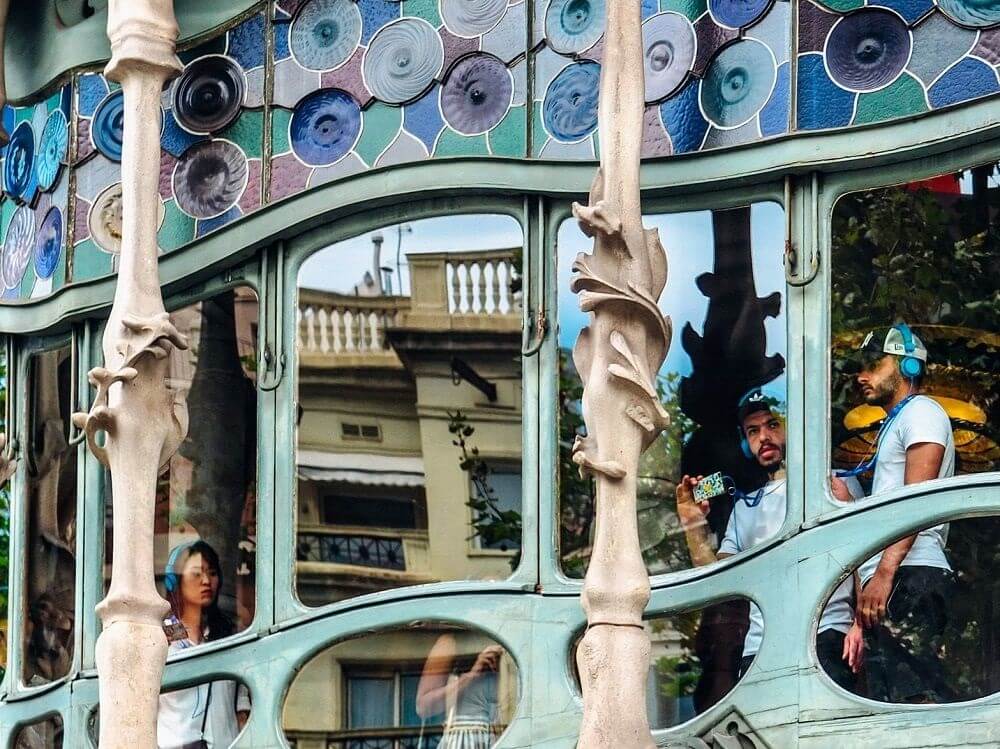
Barcelona’s appeal as a laid-back beachside city brimming with architectural elegance and easygoing charm is now well documented. From its Modernist masterpieces to its thriving bar and restaurant scene, and its location on the Mediterranean coast, the city is hard not to fall in love with.
But where exactly in Barcelona should you stay? Whether you’re on a weekend anniversary break with your loved one or a ten day exploration of Catalonia’s finest cultural offerings, here’s our run-down of the city’s neighbourhoods and what makes each one special.
For history, romance, and atmosphere, look no further than the ancient Barri Gòtic. Home to the remains of Roman Barcelona, this central neighbourhood is full of evocative neo-Gothic architecture. Think winding streets, archways and peeling wooden shutters. Check out the gloomy Gothic grandeur of the cathedral with its many gargoyles and great views of the Old City from the roof. Get your fill of ornate churches with the Basilica de Santa Maria del Pi, and the Basilica dels Sants Just i Pastor. Find a seat under a palm tree in Plaça Reial. Stroll down Las Ramblas or head to La Boqueria with its fresh food stalls. This neighbourhood hums with activity in the daytime but is quiet at night, making it ideal for those wanting to get a daily dose of culture, retire early to bed, and make the most of the following day.
Barcelona Cathedral in the Barri Gòtic
Take a trip back to medieval Spain with a stay in the Barri Gòtic. TripExpert recommends staying at Hotel Neri Relais & Chateaux, which Star Service says is, ‘eclectic, elegant and blessed with one of the better dining rooms in the neighborhood.’
This former red light district has grown into a lively and dynamic neighbourhood. Here you’ll find the Museu d’Art Contemporani de Barcelona, the city’s main modern art gallery, also a popular spot for skateboarders. There’s also the Filmoteca and the Centre de la Cultura Contemporania, making El Raval a fabulous neighborhood for art lovers. Rapidly gentrifying, El Raval also has some great little boutiques as well as Indian and Pakistani-run markets, contributing to its bohemian and multicultural vibe. Make sure to visit Gaudí’s Palau Güell, a whimsical mansion that is over 100 years old, and catch a show at the Gran Teatre del Liceu.
Center of Contemporary Culture, Barcelona
Find out why Barcelona is considered one of Europe’s hottest cities of culture with a stay in diverse El Raval. TripExpert recommends Hotel 1898. Fodor’s says, ‘Overlooking La Rambla, this imposing mansion, once the headquarters of the Compañiá General de Tabacos de Filipinas, couldn’t be better located.’ There’s also the futuristic Barceló Raval, ‘A hip Barcelona sleep near La Rambla with a rooftop bar and pool and panoramic city views’, according to Jetsetter.
Like the Barri Gòtic, El Born is full of medieval relics. And like El Raval, it has a trendy buzz. What really sets El Born part from the other two neighbourhoods are its relaxed plazas and lovely parks, which include the charming Ciutadella Park, 280,000 square meters of peace, palm trees, and parrots. Rent a rowing boat here, or pay a visit to Barcelona Zoo. Don’t miss Santa Caterina market, a great alternative to the crowded La Boqueria. Art aficionados will want to make a stop at the Picasso Museum. Less high-brow but highly entertaining is the Museu de Xocolata – it’s hard not to like a museum devoted to chocolate. When night falls, head out on an exploration of this neighbourhood’s buzzing restaurant scene. Don’t be confused if you hear this area referred to as La Ribera. It’s original name was actually Sant Pere, Santa Caterina i La Ribera.
For historic architecture, edgy shops, and a cool vibe, El Born fits the bill. TripExpert recommends staying at Grand Hotel Central, which CN Traveller describes as, ‘hip without the attitude.’
Much of Barcelona’s charm lies in its seaside location, and so staying close to its sandy shores is an appealing choice. If you’re after easy breezy beachside living, the old fishermen’s neighbourhood of La Barceloneta is ideal. This area has a lovely village-like vibe and a laid-back atmosphere. Stroll the old centre with its small distinctive houses, narrow balconies, and blue and yellow flags – the ancient heraldic symbols of the neighbourhood.
Enjoy good seafood, go for morning jogs along the Passeig Marítim promenade, and kick back with a beer and watch gorgeous sunsets over the ocean. Kids will love visiting L’Aquarium de Barcelona, one of the biggest in Europe. You’ll also find an IMAX movie theatre in this neighbourhood – in the unlikely event of rain. And, of course, there are four different beaches to choose from. At the beach of Sant Sebastià you can take a cable car up to an observation platform near the Miramar hotel. Then there’s the beach of Barceloneta, the beach of Sant Miquel with its L’Estel Ferit sculpture, and lastly, the beach of Somorrostro.
La Barceloneta, Barcelona
If you feel happiest sunkissed and with sand between your toes, La Barceloneta is the neighbourhood for you. TripExpert recommends staying in WBarcelona. Lonely Planet says the rooms and suites are, ‘the last word in contemporary hotel chic.’
Barcelona is famous for its Modernist architecture. For those who want to explore what makes these buildings so unique and worthy of their UNESCO status, a stay in La Dreta de L’Eixample is ideal. Located on the right of Passeig de Gràcia, the area is home to Gaudí’s La Pedrera and the iconic Sagrada Família, a magical reinvention of the traditional Gothic cathedral. Pay a visit to the Illa de la Discòrdia for a full-on pageant of Modernism with five creations by the three leading architects of the day: Casa Batlló by Antoni Gaudí, Casa Lleó Morera by Domènech i Muntaner and Puig i Cadafalch’s Casa Amatller . You’ll even find Modernist grocery shops and pharmacies in this neighbourhood. This is a wealthy and upscale area, deserving of its nickname, ‘Quadrat d’or’, or ‘The Golden Grid.’ Peruse the shops along Passeig de Gràcia or relax in a bar on Passeig de Sant Joan.
Casa Batlló, Passeig de Gràcia
If you fancy escaping the tourists and traffic of central Barcelona for somewhere authentic, there’s no better place than Gràcia, with it’s arty and alternative vibe and proudly independent spirit. You’ll find chic boutiques, great restaurants, and even a few Modernist buildings, including Hotel Casa Fuster and Casa Vicens. Most significantly, however, this neighbourhood is home to Parc Güell, a Modernist wonderland with a mosaic dragon and Hänsel and Gretel-inspired gatehouses. Enjoy this neighbourhood’s slower pace, taking the time to enjoy a beer in one of the many peaceful plazas such as Plaça de la Vila de Gràcia or Plaça del Sol. Time your visit to coincide with the Festa Major de Gràcia to experience street decorations, fireworks, and parades.
Live like a local in lovely Gràcia. TripExpert recommends staying at Casa Fuster. According to Frommer’s, the hotel, ‘blends sheer luxury with first-rate state-of-the-art amenities.’
L’Esquerra de l’Eixample and Sant Antoni
To the left of the Passeig de Gràcia, you’ll find Eixample Esquerra, an affluent neighbourhood with an intellectual edge thanks to its proximity to multiple university campuses. Head to Parc Joan Miró, also known as the Parc de l’Escorxador, with its pines, pergolas, and statue by Joan Miró called the Dona i Ocell – or Woman and Bird. Catch a concert in the University of Barcelona gardens or explore the up-and-coming area of Sant Antoni, a bohemian corner of the city full of young urban creatives, edgy street art, and a vibrant bar and restaurant scene. There’s also a beautiful market of the same name.
Enjoy all the perks of the city-centre without the crowds in charming Esquerra Eixample. TripExpert recommends Hotel Cram which, CN Traveller writes, ‘isn’t crammed with anything except a very cool Barcelona crowd.’
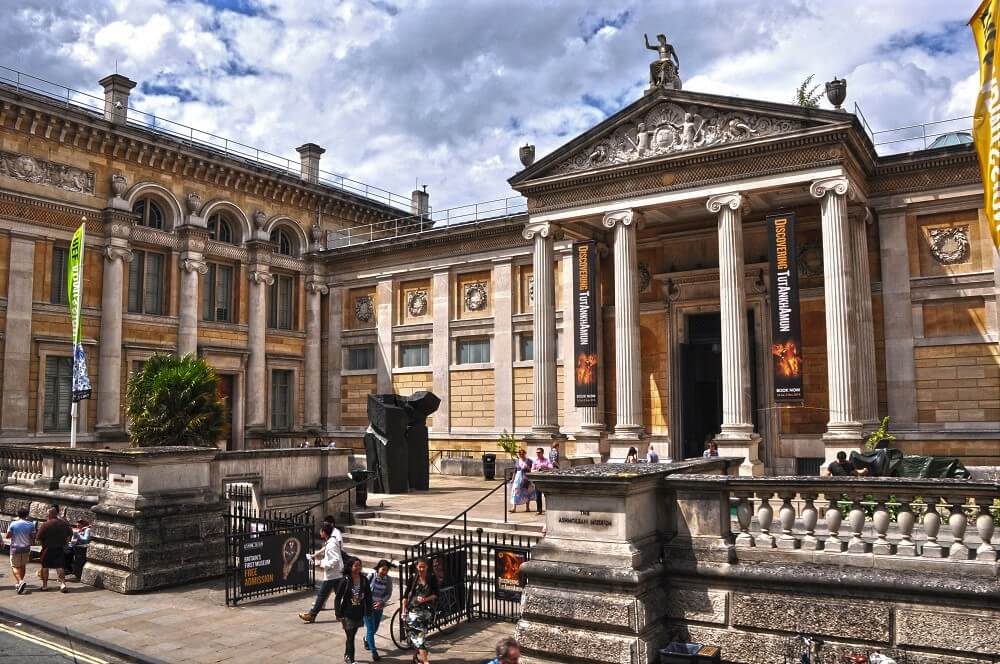
The city of Oxford has become almost synonymous with its university, one of the top learning institutions in the world, as well as one of the oldest. The university is made up of 38 colleges whose pristine quadrangles, picturesque chapels, and medieval dining halls have seen the likes of Stephen Hawking, Margaret Thatcher and Oscar Wilde pass through as students.
But Oxford isn’t just about pouring over books in dusty libraries and cramming for exams. The city’s charms – its history-steeped streets, fascinating traditions, and acclaimed dining scene – aren’t solely the preserve of students. In fact, Oxford has all the ingredients for a blissful weekend getaway. From punting along idyllic waterways to exploring Winston Churchill’s former home, Oxford guarantees a truly memorable holiday.
Here are 10 reasons why Oxford should be on your bucket-list, whether it’s as a last-minute escape or a special anniversary weekend with your partner. As CN Traveller puts it, ‘Oxford is constant, reliable, wonderful, a weekend jaunt with historic thrills.’
Because of its incredible good looks
The first thing you’ll notice upon arriving in Oxford is how attractive the city is. It’s possible to spend your entire afternoon in a history bubble surrounded by ancient architecture and other relics from the past. There are the colleges, with their honey-coloured brick walls, tranquil cloisters, and perfectly maintained lawns. Then there are the city’s beautiful buildings like the Radcliffe Camera and the Hertford Bridge, also known as The Bridge of Sighs. With stained glass windows at every corner, and domes and spires dominating the skyline, Oxford is indisputably one of the most photogenic cities in Britain. The best views are from The Carfax Tower.
Because its traditions are alive and kicking
Oxford certainly wears its past on its sleeve and its traditions, far from being consigned to the history books, are still practiced with enthusiasm today. These rather eccentric conventions and rituals are evident in the students flying past on bicycles on their way to exams, dressed in the traditional attire of gowns and mortarboards. There are also the glorious May Morning celebrations, where, on May 1st each year, the Magdalen College choristers sing from the top of the college tower, angelic voices drifting down to the crowds below, gathered to welcome in the Spring. A final unique experience is evensong at Magdalen College, an atmospheric candle-lit service where you’ll feel like you’ve stepped inside a time-machine.
Because it has some of the best museums
Few cities can rival London when it comes to world-class museums but Oxford steps confidently up to the challenge. The city boasts an incredible number of museums and you’d be hard pushed to visit them all in one weekend. There’s the enormous Ashmolean, for one, Britain’s oldest public museum, where you can see Michelangelo’s studies for the Sistine Chapel and Guy Fawkes’ lantern. Enjoy refreshments in the rooftop restaurant afterwards. Then there’s the History of Science Museum, where, as Lonely Planet writes, “science, art, celebrity, and nostalgia come together.” Or the Oxford Museum of Natural History which has the world’s most complete dodo specimen. One of our favourites is the Pitt Rivers Museum, full of oddities from all over the world, including blowpipes and shrunken heads. And, finally, there’s Oxford Castle & Prison, for those who like their history gory.
Inside the Ashmolean Museum
Because you can catch movies and plays in style
As the sun sets on Oxford’s cobbled streets, with feet tired from all that sightseeing, you might fancy snuggling down with some popcorn and catching a movie. At The Ultimate Picture Palace on the Cowley Road in east Oxford, you can enjoy the latest blockbuster in a cinema with a difference. This Grade II-listed building has a gorgeous Art Deco auditorium which shows all the recent releases as well as some old-school favourites. There’s even a bar for snacks and drinks to see you through the screening. But if spending the evening indoors seems a shame, pick up a ticket for a show by the Oxford Shakespeare Company who perform up-to-date takes on Shakespeare’s plays in outdoor settings, including Oxford Castle and Wadham College. Bring a picnic to enjoy during the performance.
Because you can drift down the river in a small wooden boat
How do Oxonians unwind? Since the 19th century, their preferred way to relax has always been in a flat-bottomed wooden boat known as a punt – accompanied by a jug of Pimms. Rent a punt from Magdalen Bridge and discover the city’s picturesque waterways. Remember to pack some snacks, preferably strawberries and a bottle of bubbly, and take in the charming scenery of meadows and woodland. You probably won’t be surprised to discover that it was in a punt like this that Lewis Carroll found inspiration for the story of Alice In Wonderland, drifting along the river with the young Alice Liddell. So sit back and allow yourself to meander along, enjoying this wonderfully idyllic way to explore the city.
Punting is a popular thing to do in Oxford
Because it’s a movie star in its own right
Does Oxford look a tad familiar? That’s because the city has starred in multiple movies including, and perhaps most famously, Harry Potter. The Great Hall in Christ Church College inspired Hogwarts’ very own Great Hall, and the Bodleian Library, Duke Humfrey’s Library, and New College all also featured in the movies. In addition to making appearances in the wizarding world, Oxford also played a major role in both the TV and film adaptation of Evelyn Waugh’s 1945 novel Brideshead Revisited. The city also features in the film adaptation of The History Boys, a play by Alan Bennett, who was also an alumnus of the university. And, finally, you might enjoy a tour of all the Oxford locations – pubs, colleges, and streets – that appeared in the detective series Inspector Morse.
Because of its dining and bar scene
Oxford’s bar and restaurant scene has improved tremendously in recent years. From creative cocktail bars to old-fashioned pubs full of legends and lore, from fancy bistros to quirky little cafes, today there’s something for every mood and taste. Check out the Lamb and Flag where Thomas Hardy wrote Jude the Obscure. For more ancient drinking dens you’ve got the Turf Tavern and the King’s Arms. The Eagle and Child was a hang-out for the ‘Inklings’, a group of writers that included CS Lewis and JRR Tolkien. For food, one of the best rated places in the city is Oli’s Thai, an unassuming eatery in east Oxford where you have to book months in advance. Otherwise, there’s Turl Street Kitchen, which The Telegraph describes as ‘a trendy, charity-run café with a changing collection of work by local artists and a short, seasonal menu with tempting veggie options.’ TripExpert also recommends Belmond Le Manoir aux Quat’Saisons, and Gee’s Restaurant, which, as Frommer’s says, is ‘where Oxford students take their parents when they come to town.’ And when evening arrives, head east across Magdalen Bridge to the Cowley Road where the city’s most lively bars and clubs await.
Because there’s no better place for book-lovers in all of Britain
Not only is Oxford a hallowed centre of learning, boasting one hundred libraries and alumni including JRR Tolkien and Dr Seuss, but it’s also home to Blackwell’s bookshop. Blackwell’s is the largest academic and specialist bookseller in the UK. But the best part of this particular bookshop is the Norrington Room, where bookworms can scour over three miles of shelves. Blackwells is in fact the Guinness World Record holder for the largest single room selling books. So peruse the shelves at your leisure and pick out something that catches your eye. As for where to read it? No better place than in a punt.
Because the surrounding countryside is idyllic
Oxford is an indisputably beautiful city so it’s no surprise that it demands high standards of its surroundings as well. The towns and villages scattered around the city are just as picturesque as Oxford itself, nestled among the gently rolling hills and charming farmland. You don’t even have to venture that far to get a taste of these bucolic delights. Port Meadow is walkable from the city-centre, a wide open pasture with a meandering river, the spires of Oxford visible in the distance. Walk along the waterfront until you reach The Perch, a 17th century pub with a great beer garden. Or you might consider going further afield to see Blenheim Palace, a huge Baroque country house with vast gardens and parkland, the birthplace of Winston Churchill.
Because you can stay in some thoroughly unique hotels
Given Oxford’s rather eccentric nature and unique traditions, it’s only fitting that there are some equally unusual – but nonetheless fabulous – places to stay during your weekend away. Book a room in the neo-Gothic Macdonald Randolph Hotel for a bit of old-school grandeur. Or there’s Malmaison Oxford Castle – because how often do you get the chance to stay in a 19th century prison? For something a little less fancy but no less characterful, you’ve got Holywell Bed and Breakfast, a warm and traditional hotel with rooms full of ‘quirky antiques, bunches of dried lavender, imaginative book collections and a good tea tray.‘ Finally, for a bit of luxury and some impeccable views, it’s hard to beat the Old Bank Hotel and its rooftop bedroom, The Room with The View.
One final reason why Oxford makes the easiest and most enjoyable of weekend breaks is the city’s proximity to London. Fly into a London airport before catching the train from London Paddington or the 24/7 Oxford Tube from Victoria. You’ll be among the city’s spires, towers, and turrets in no time.
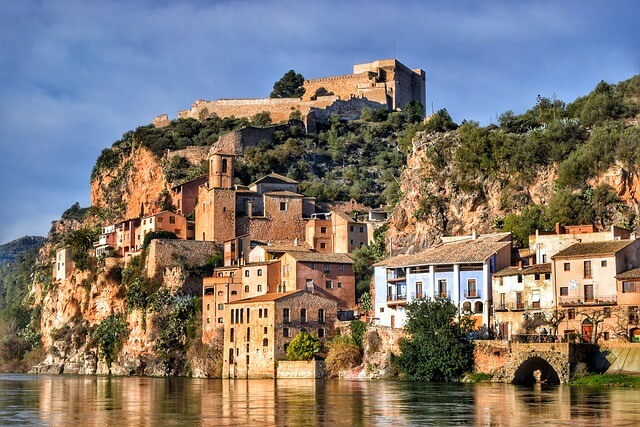
French is the language of love, Italians are renowned for their passion, and Germany is home to fairytale towns and castles. But what of Spain? A land of fiestas and flamenco, tapas and rich traditions, Spain has its fair share of places sure to win over loved-up couples. With its endless sunshine, dramatic landscapes, intriguing history, and some of the best cuisine in the world, Spain offers a true recipe for romance. Whether you’re after intimacy and seclusion in a natural paradise or nightlife that promises to get pulses racing, here are TripExpert’s picks for the most romantic destinations in Spain.
Seville was voted by Lonely Planet as 2018’s top city to visit and it’s easy to see why. The very definition of sultry, Seville is a city of picturesque plazas, aristocratic mansions, narrow winding alleys, and 25,000 orange trees. Visit the enormous Gothic cathedral or catch a flamenco performance for which Seville is famous. Take a horse and carriage ride around the city – the best way to see the sights. Or take in the spectacular Plaza de España adrift a rowing boat. Enjoy sunsets and champagne from one of the many rooftop bars. Explore magnificent churches, and, of course, the city’s Alcázar, with its Arab-inspired gardens. Wander Triana, home to authentic and characterful tapas bars. And make sure to pay a visit to Monte Gurugú, where, legend has it, a kiss with your partner guarantees your love will survive anything.
TripExpert recommended hotels
TripExpert recommended restaurants
Another of Andalusia’s many gems, Granada is most famous for the Alhambra. But the allure of this iconic city goes beyond its sensational palace. Here ancient Islamic architecture sits alongside contemporary art, bohemian cafes are packed with students, and the scent of spices hangs in the air – another clue to the city’s Moorish legacy. Wander streets of whitewashed houses and orange trees. Relax with a fragrant tea in a tetería in the Albayzín. Enjoy meals on secluded terraces, or the peace and quiet of the Carmen de los Martires; at the centre is a small turret surely designed for a romantic rendezvous. Explore the white and blue caves of Sacromonte, home to the city’s best flamenco and with exceptional views of the Alhambra. Best to head there at sunset when the walls of the palace slowly turn a dreamy shade of pink.
TripExpert recommended hotels
TripExpert recommended restaurants
Fairytales are essentially manuals for romance so what could be a more idyllic than a city home to its very own fairytale castle? Segovia, a true medieval masterpiece, is situated just 30 minutes on the train from Madrid and has just as much to tempt honeymooners as the Spanish capital. It’s said that Cinderella’s castle was inspired by the city’s own – and it’s hard not to be captivated by this turreted architectural wonder. But Segovia also has a UNESCO-listed Old Town, an ancient aqueduct, as well as a majestic cathedral. Wander the riverfront promenade and feel yourself whisked back in time as you explore Romanesque churches full of intricate carvings. The city also has a lively creative scene so be sure to catch a concert or exhibition to accompany all that history. Try the cochinillo, or roasted suckling pig – Segovia’s speciality – best enjoyed with a good glass of red wine. And the best time to visit the city? Christmas. Although you’ll miss out on that famous Spanish sun, you’ll experience the dreamy white wonderland that is Segovia in winter, turrets dusted with snow and photo opportunities aplenty.
For a slightly different side to Spain, Galicia is your rugged, remote, and truly gorgeous alternative. With its Celtic connections, untamed beaches, lush green valleys, and spectacular seafood, this little-visited corner of northwest Spain is known as terra de meigas, or ‘land of witches.’ And it is indeed an enchanting place, whose landscape – more like Scotland than Spain – is perfect for those seeking a romantic refuge. For history, visit Santiago de Compostela, an internationally famous pilgrimage spot. Head to Sanxenxo for sand and surf: the area boasts the highest number of European blue flag beaches in Spain. For luxury and pampering, Illa de A Toxa has you covered with its thermal waters and luxury hotels and spas. For legend and myth, there’s Finisterre, or ‘Land’s End’, believed for a long time to be the most westerly point of Europe. And for food and drink, be sure to sample oysters, nature’s most famous aphrodisiac, in Vigo, and head to Barqueiro for albariño, Galicia’s most famous grape varietal.
Mallorca, Balearic Islands
Mallorca, Balearic Islands
Mallorca, the largest island in the Balearics, has long topped summer holiday destination charts. A favourite among those seeking sun, sand, and sea, with its picture-postcard good looks, it’s certainly no secret. While in the 1970s, few considered Mallorca a contender in the luxury travel market, today it’s becoming an increasingly glamorous destination. And, from the wild Serra de Tramuntana mountain range to the boundary-pushing contemporary cuisine in hip Palma, it offers a perfect romantic escape. In the west, azure seas and majestic cliffs. In the mountainous north, pine-tree framed bays. In the east, wild beaches. And in the southern flatlands, olive groves and sun-bleached sands. Although the island is popular, you can still find seclusion – including gorgeous rural retreats in the form of old manor houses and fincas. Candlelit dining, cliff-top views, and a seafood platter for two – Mallorca is a laid-back getaway made for lovers.
Ibiza. The party island, yes. But also an island whose gorgeous coastline, elegant boutique hotels, and hamlets hidden away among pine forests, create a cocktail sure to inspire romance. An island whose reputation for bohemian hedonism began with the Beatniks in the 1950s, and, today, indisputably a clubbing mecca. But it’s not hard to discover its quiet and authentic side. Historic architecture, memorable cuisine, and a blissful peace and quiet await visitors who venture away from the main resorts of Playa d’en Bossa or San Antonia. There’s the World Heritage-listed Dalt Vila in Ibiza Town, with its white-washed houses and flea markets. Or upscale Santa Gertrudis with its boho-glam vibe. And around the shoreline a plethora of remote cove beaches, many deserted. The island is also a walking utopia, and is making its mark on the wellness scene too with retreats and health-food cafes popping up all over.
TripExpert recommended hotels
TripExpert recommended restaurants
No list of Spanish destinations would be complete without mentioning the country’s seaside megastar, Barcelona. This cultural showstopper, with its whimsical Modernist creations, Gothic cathedrals, and countless museums, has much to tempt any traveller. But for honeymooners, Barcelona comes out top. Sun-drenched beaches, an acclaimed drinking and dining scene, and too many galleries to keep count, culture vultures after a little romance should head to Catalonia’s capital. Work your way through Gaudí’s masterpieces or perhaps catch a concert at the Palau de la Música concert hall. For views to make hearts soar, climb the Monument a Colom. Or take to the water on a stand-up paddle-board or cruise. If you want more outdoor activity, the Collserola hills are perfect for hiking and biking. And as the sun falls, perhaps catch an open-air film at the Centre de Cultura Contemporània de Barcelona. Feast on paella on a terrace overlooking the sea, then drink away the evening at a shorefront chiringuito. For a romantic getaway that also keeps it cultural, Barcelona is a sure-fin win.
TripExpert recommended hotels
TripExpert recommended restaurants
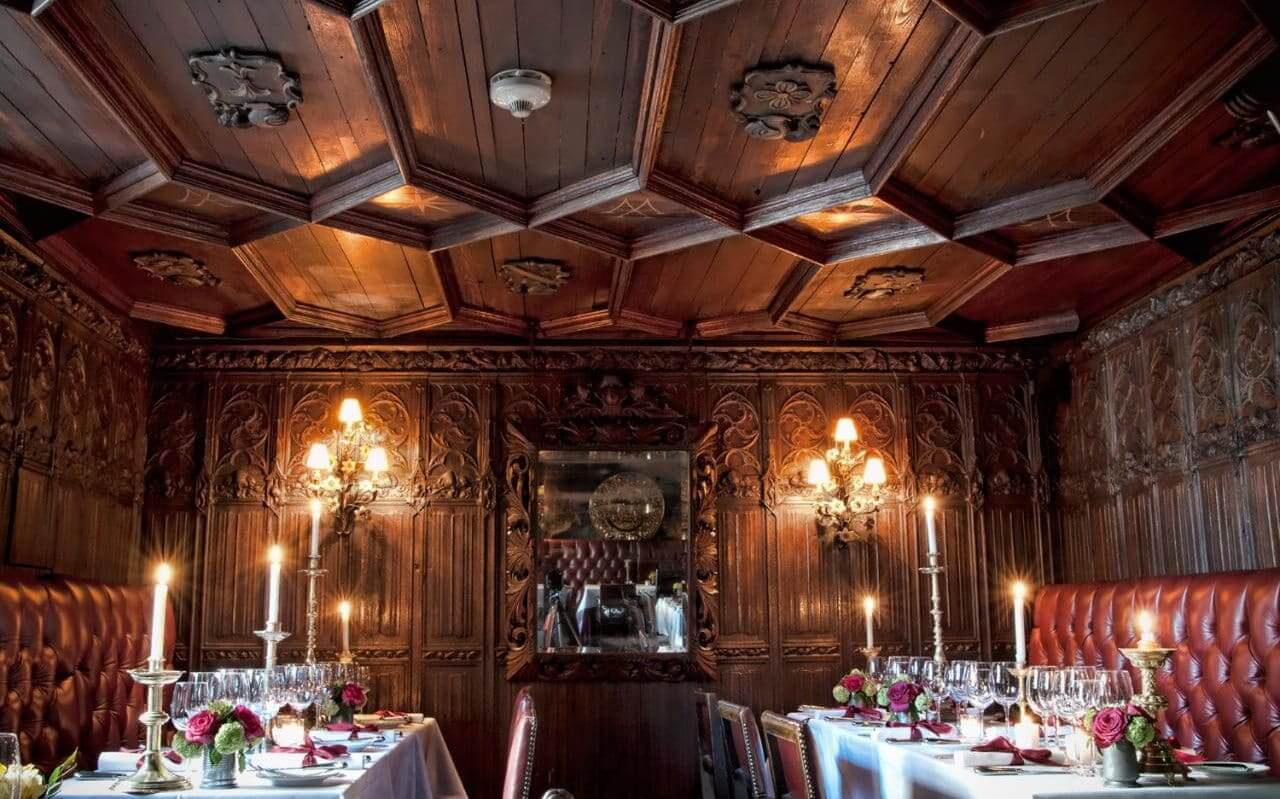
From abbeys and castles to ancient drinking holes, Edinburgh packs a lot of history into its square miles. So it’s no surprise that the city offers visitors the chance to stay in places where the past feels very much alive and tradition takes centre stage. In an age where the more Instagrammable a hotel, the better, the extravagant facades, period interiors, dark wood panelling and chandeliers of Edinburgh’s historic hotels make them an especially seductive getaway.
Our Experts’ Choice winners have all scored over 80 on TripExpert, representing the very best of the Scottish capital, according to expert sources. So check out our list of the top historic hotels in Edinburgh, for old-school charm combined with modern-day comfort, and for character without skimping on quality.
Located at the east end of Princes Street, Edinburgh’s main thoroughfare, this top-end Edwardian hotel – with its iconic clock tower – is a true city landmark. A hotel of peerless class and quality whose motto “Nemo me impune lacessit”, or “no-one attacks me with impunity” would seem arrogant were it to come from any other hotel. From its lobby with its chandeliers, and towering columns to the 18th-century-style bedroomswith their marble bathrooms and castle views, Balmoral offers guests the luxury and elegance of a bygone era. Enjoy a dram in the whisky bar, boasting one of the largest selections in the world, or afternoon tea in the Palm Court where you might also participate in an etiquette class. But while it might be well-established, Balmoral far from stuck from in its ways. Ever keen to expand its offerings, as of November 2018, the hotel is offering personalised walking tours in partnership with Hunter, which guests can enjoy while wearing a pair of the classic wellington boot.
If it’s historic grandeur and unapologetic decadence you’re after, the Prestonfield is the place for you. Concierge sums it up nicely: “As far from minimal as you can possibly imagine, this restored Jacobean mansion is extravagantly rococo.” We’re talking bathrooms decked in Venetian glass mosaics, rooms overflowing with antiques, original tapestries, hand-painted wallpaper, and tassels and gilt galore. A mansion dating from 1687, its one-time owner Sir Alexander Dick can be thanked for introducing the rhubarb to Scotland in the 18th century – hence the name of the hotel’s restaurant. Today, the Prestonfield offers both an escape into an aristocratic past and a bolthole from the chaotic city-centre thanks to its 20-acre grounds complete with peacocks and Highland cattle. Fun fact for history buffs: Benjamin Franklin stayed here and was so taken with it he wrote a poem where he notes its “Neatness and sweetness all around”.
Waldorf Astoria Edinburgh – The Caledonian
This famous railway hotel is somewhat of a city relic, sitting at the west end of Princes Street and referred to affectionately by locals as “the Caley”. Taken over by Waldorf-Astoria in 2012, it was transformed from a slightly worn-down grande dame into something spectacular. And in the last year, it has been bought by Twenty14 Holdings, who plan to add a further 50 rooms to the hotel. Built between 1898 and 1902, today it features two exceptional restaurants – traditional French haute cuisine at Pompadour by Galvin, classic bistro fare at Galvin Brasserie de Luxe – and plenty of red sandstone, restored marble, and rooms in smokey blues and greys. Of particular note for history fans is the show-stopping Peacock Alley, formerly the train station concourse, as well as The Carriage Queen rooms, with fixings that recall Victorian railway carriages. You can also delight in knowing that previous guests have included the likes of Charlie Chaplin, Elizabeth Taylor and Bing Crosby.
This elegant fin de siècle building was formerly the headquarters of the ground-breaking national newspaper of the same name. Today The Scotsman is a luxury hotel but much of its allure lies in imagining the controversial headlines composed within its walls. Of equal charm is its magnificent sandstone façade and fairytale-esque towers. As Time Out puts it, there’s “No better place in Edinburgh to have a bath in a turret.” And its interior is also gorgeous: dark oak panelling, stained glass, columns, and a green-and-white marble staircase. Set over 9 floors, the hotel is a labyrinth that will lead you back to a time when its rooms were used as offices and its Penthouse Suite the pigeon loft. Top tip from Fodor’s: ask for an upper-story room with a view, both for peace and quiet and a visual treat. Rooms each include a Edinburgh Monopoly board game and a free daily copy of the Scotsman.
The Witchery by the Castle
For a heady hit of Gothic glamour, it doesn’t get better than The Witchery by the Castle. Nestled away beneath the castle in a merchant’s house dating from 1595, this is a portal directly back to the 16th century. Think oak-panels, low ceilings, wall hangings, red leather, and lots of candle-light. The suites have names such as The Turrent and The Inner Sanctum and are all as bewitchingly old-fashioned as you might hope: ornate four-poster beds, velvet, brocade, bathtubs designed for two, and here and there a suit of armour. Yes, it’s flamboyant and theatrical but everyone needs a break from the 21st century sometimes. Unfortunately this unique hideaway is no longer a secret. As Lonely Planet points out, you’ll have to book several months in advance to be sure of getting a room.
The Malmaison, set in a former Seamen’s Mission in Leith, is a historic building with a firmly contemporary interior. Located in the docklands area right on the seafront, this hotel is ideal if you’re craving broodingly beautiful views over the water. A majestic 19th-century building that used to be part of the Christian welfare charity, Missions to Seamen, it could house up to 56 sailors at a time – more, if there was a shipwreck. It was also a ‘house of ill-repute’ at one time – or at least legend has it. Today, however, it’s a design hotel, and part of the on-going gentrification of this part of the city as it transforms into a sophisticated and elegant waterfront hub. Here you’ll be close to many of Edinburgh’s culinary hotspots, including The Kitchin and Martin Wishart, both Michelin-starred and within walking distance of the Malmaison.
Part of the Du Vin chain, which has built its name on the refurbishing of unusual buildings, this hotel is as characterful as they come. Situated in a former Victorian poorhouse, which then became an asylum, this 47-room hotel is steeped in intriguing history. While the furnishings might be understated – with the occasional smattering of tartan – you can be sure the building’s past was far from uneventful, and there are some rather dark reminders of its former incarnation in the walls around the hotel. Nevertheless, the main emphasis of the hotel is on wine, with rooms named after different wines and champagnes, monthly wine-tasting sessions and a wine glass chandelier in the reception. Meanwhile, at the heart of the hotel is a bistro serving traditional Scottish fare and an overhanging mezzanine bar. Or, if you want to head out, the hotel is surrounded by great pubs and restaurants as well as many popular city attractions.
Just another WordPress site

